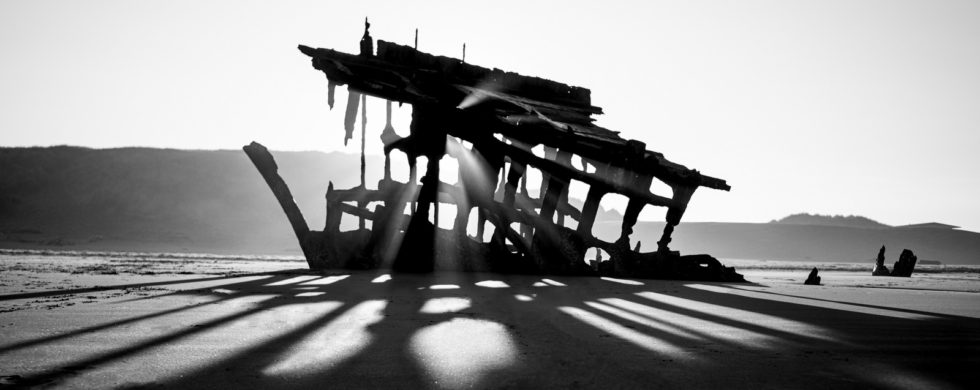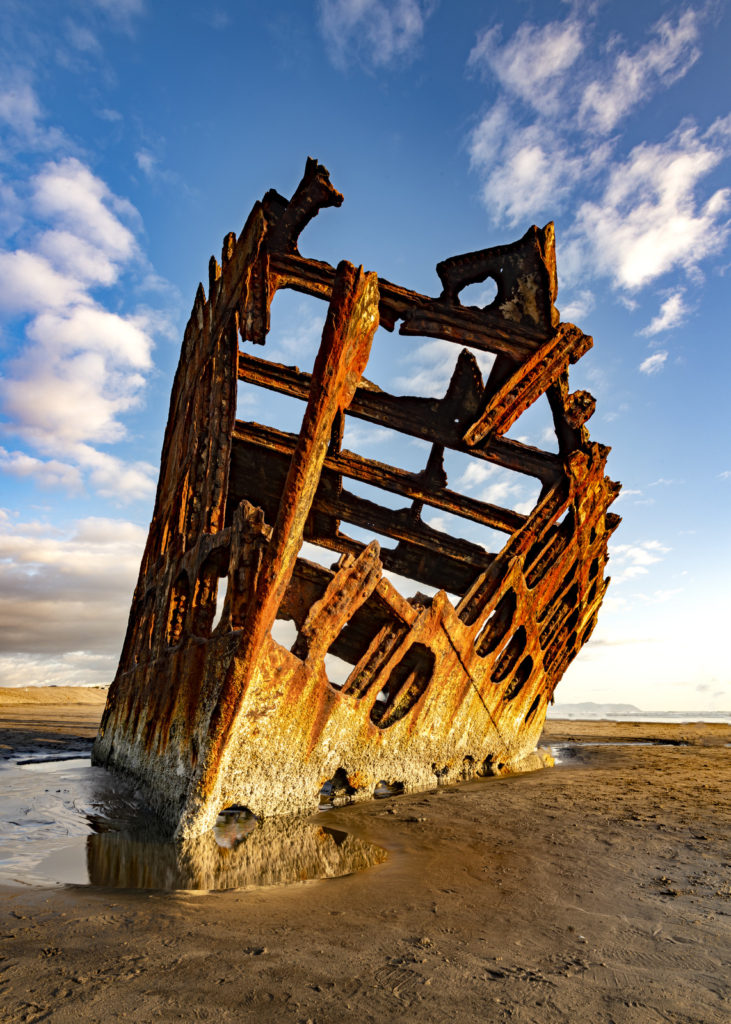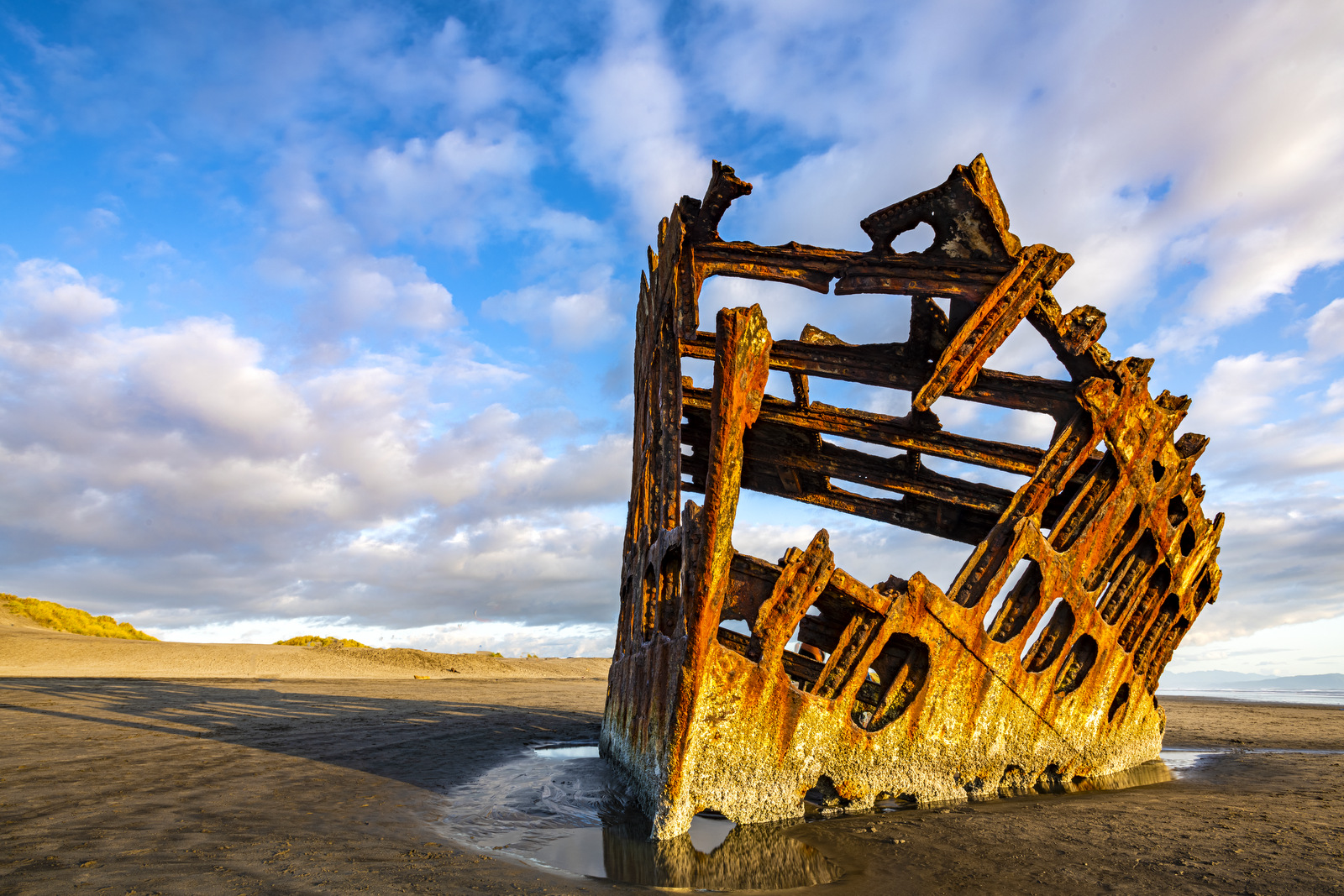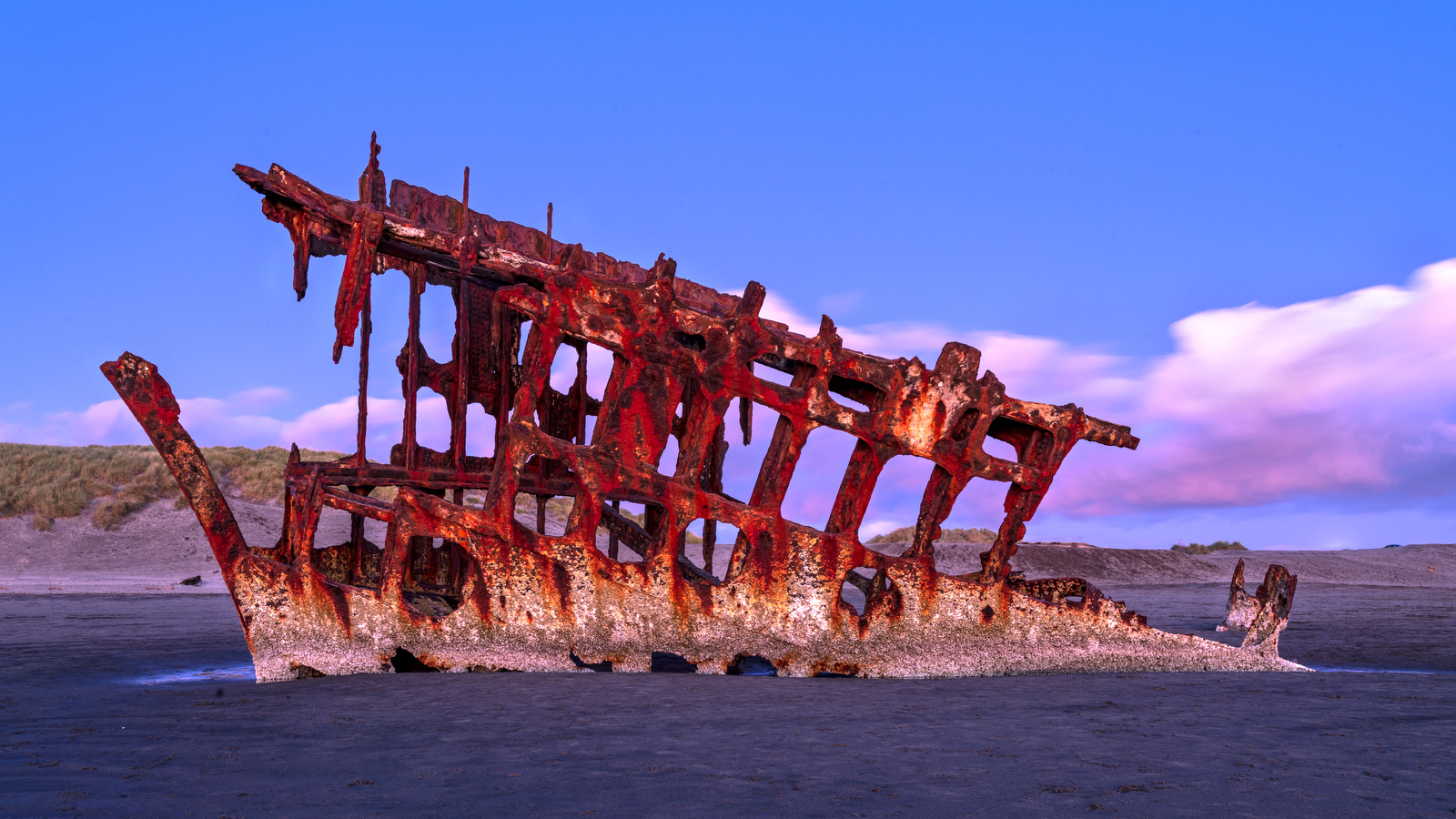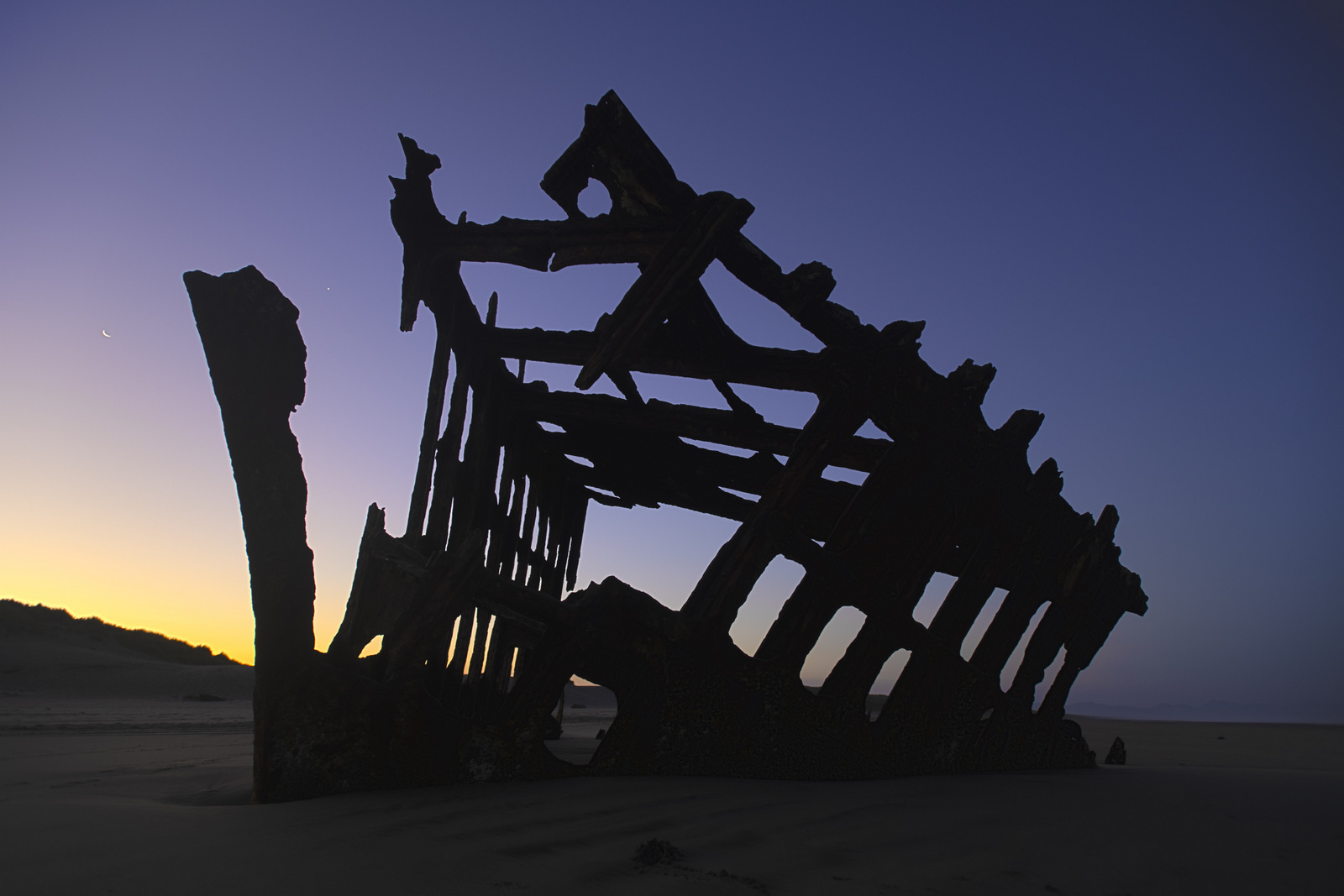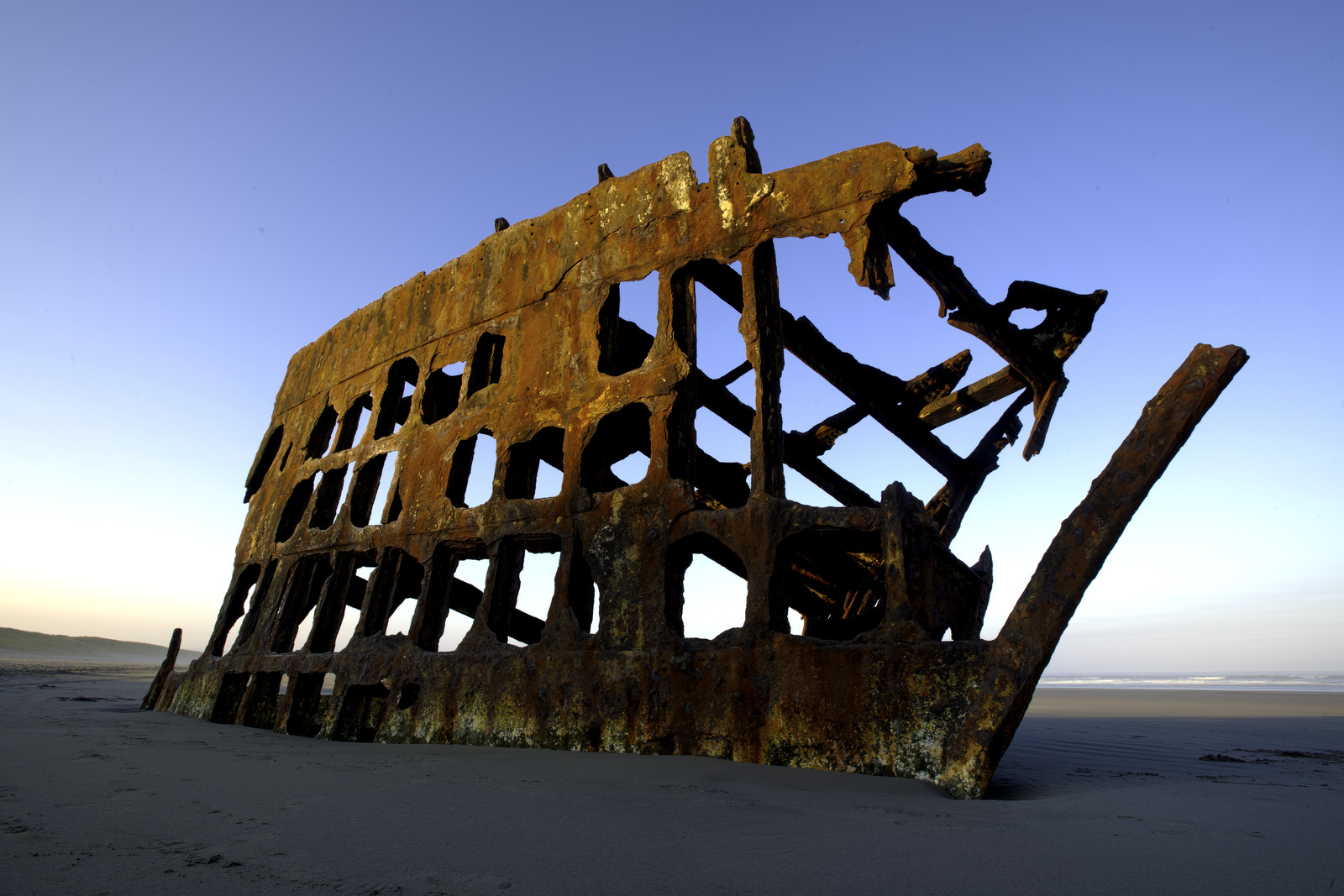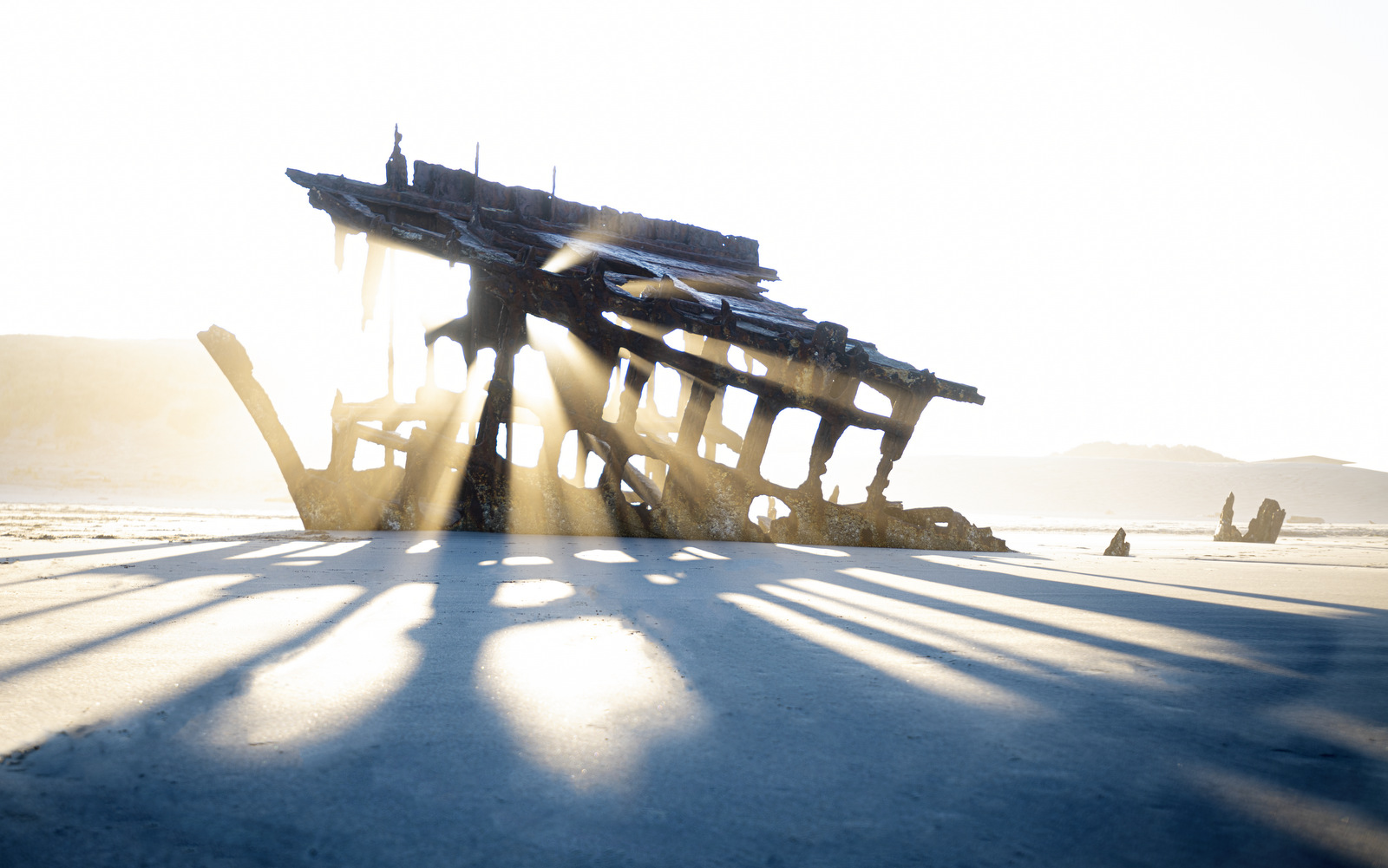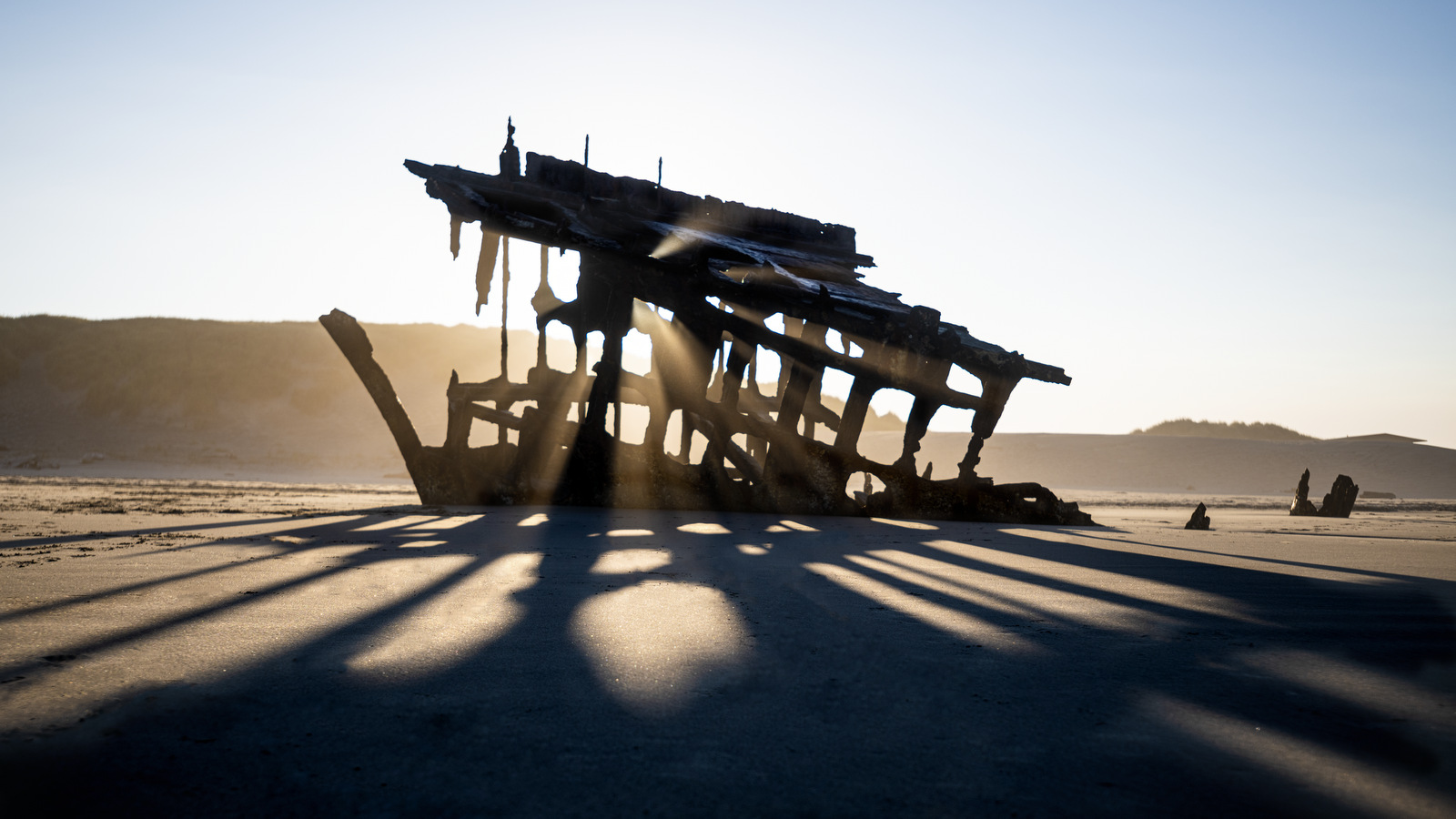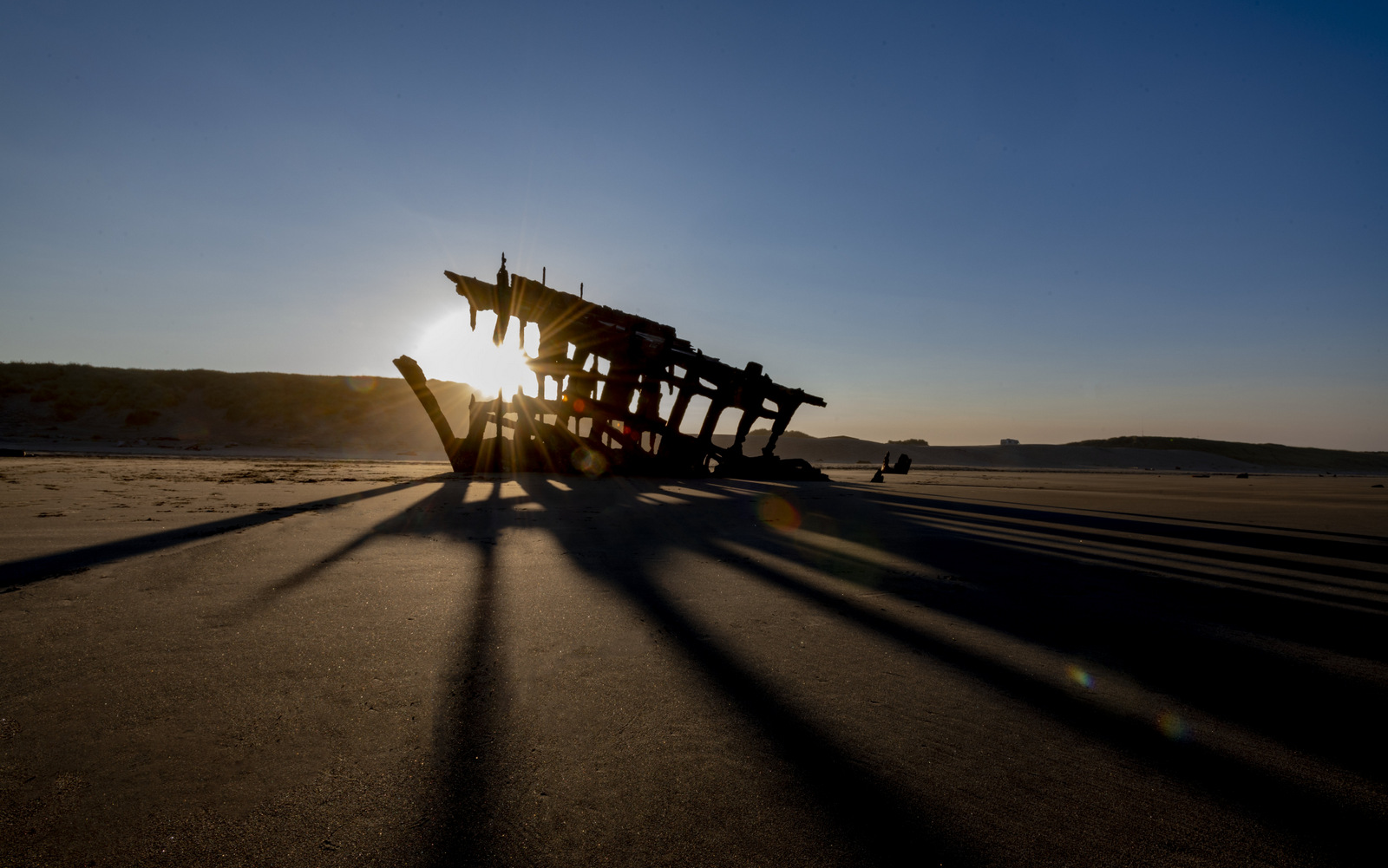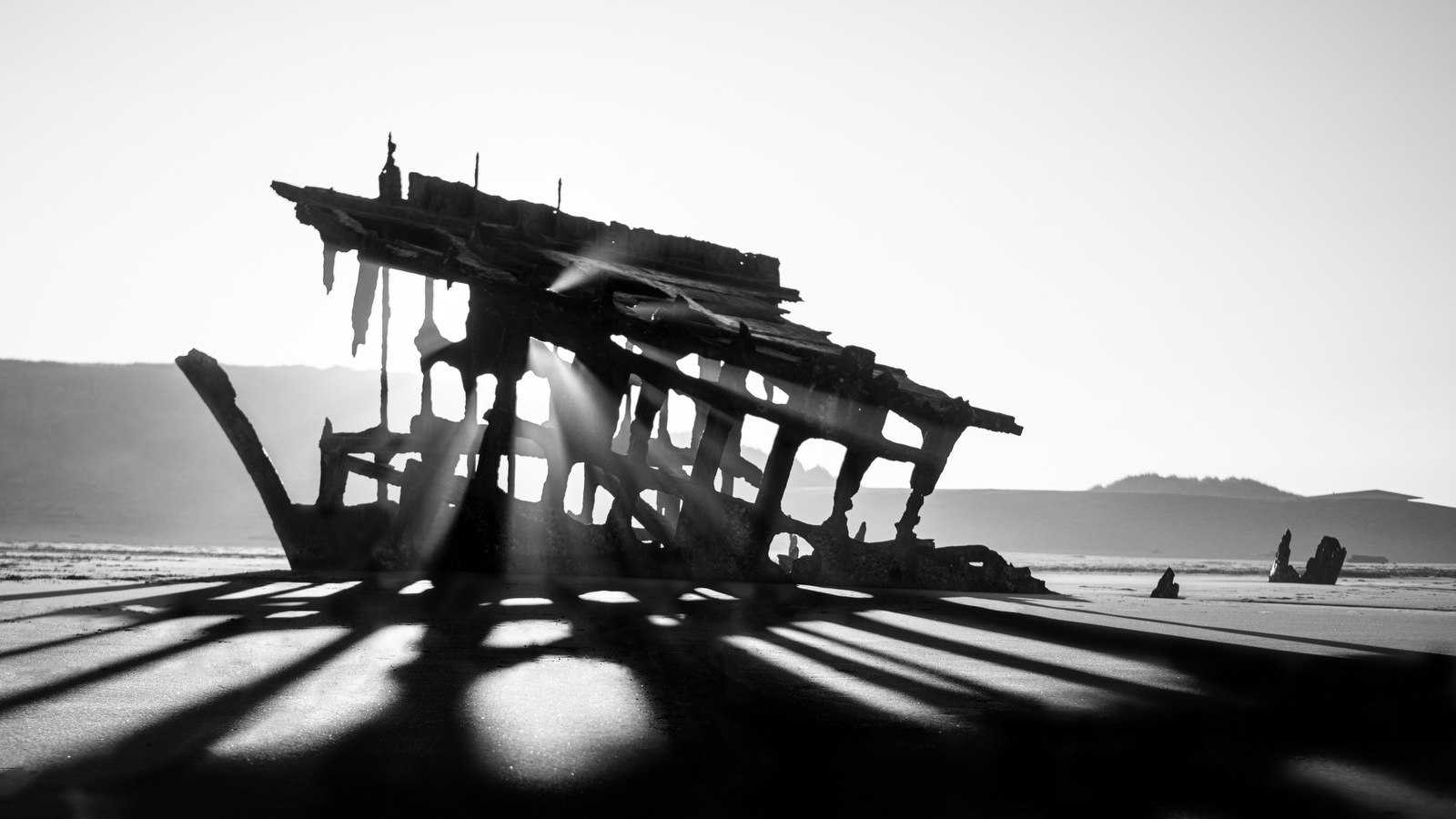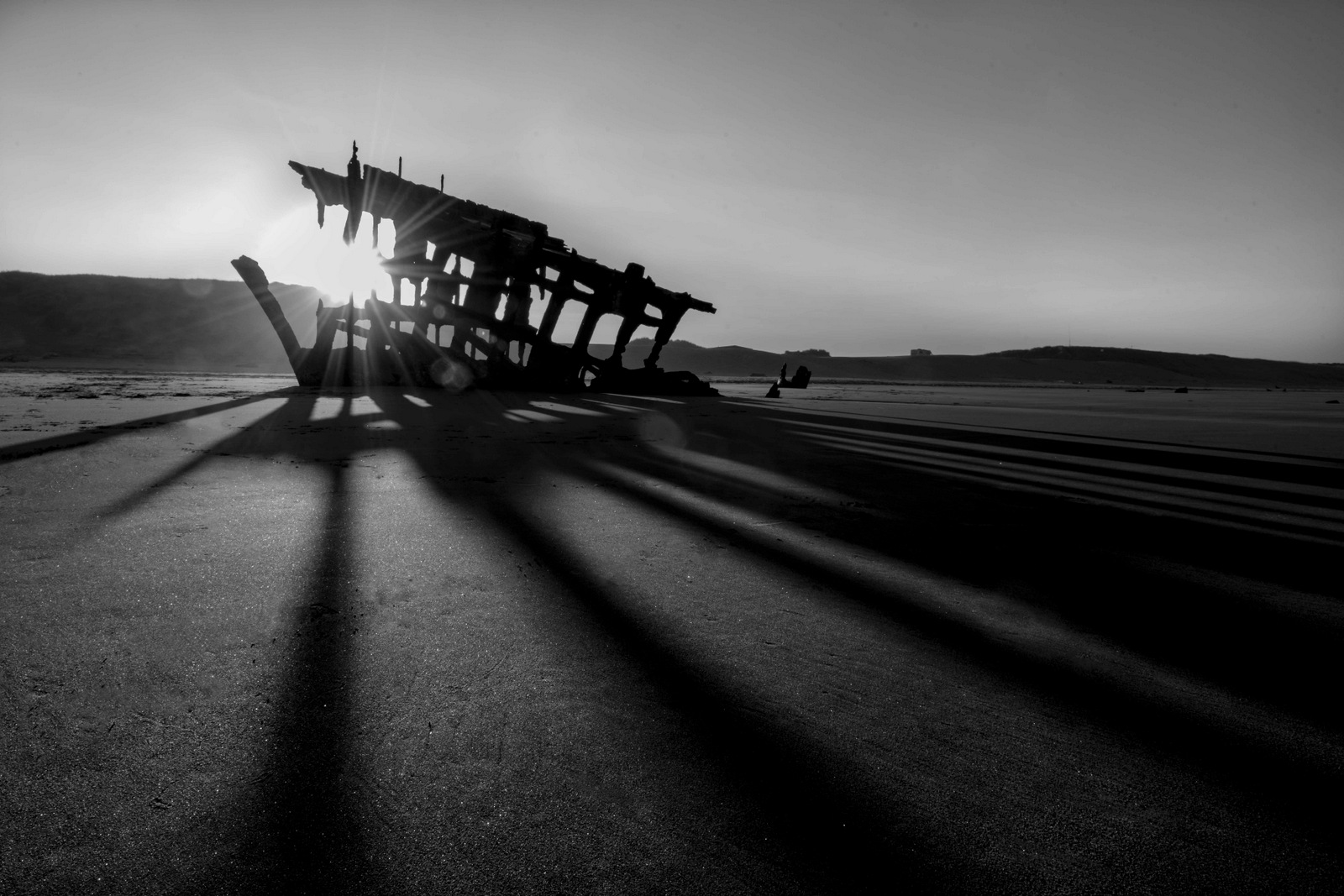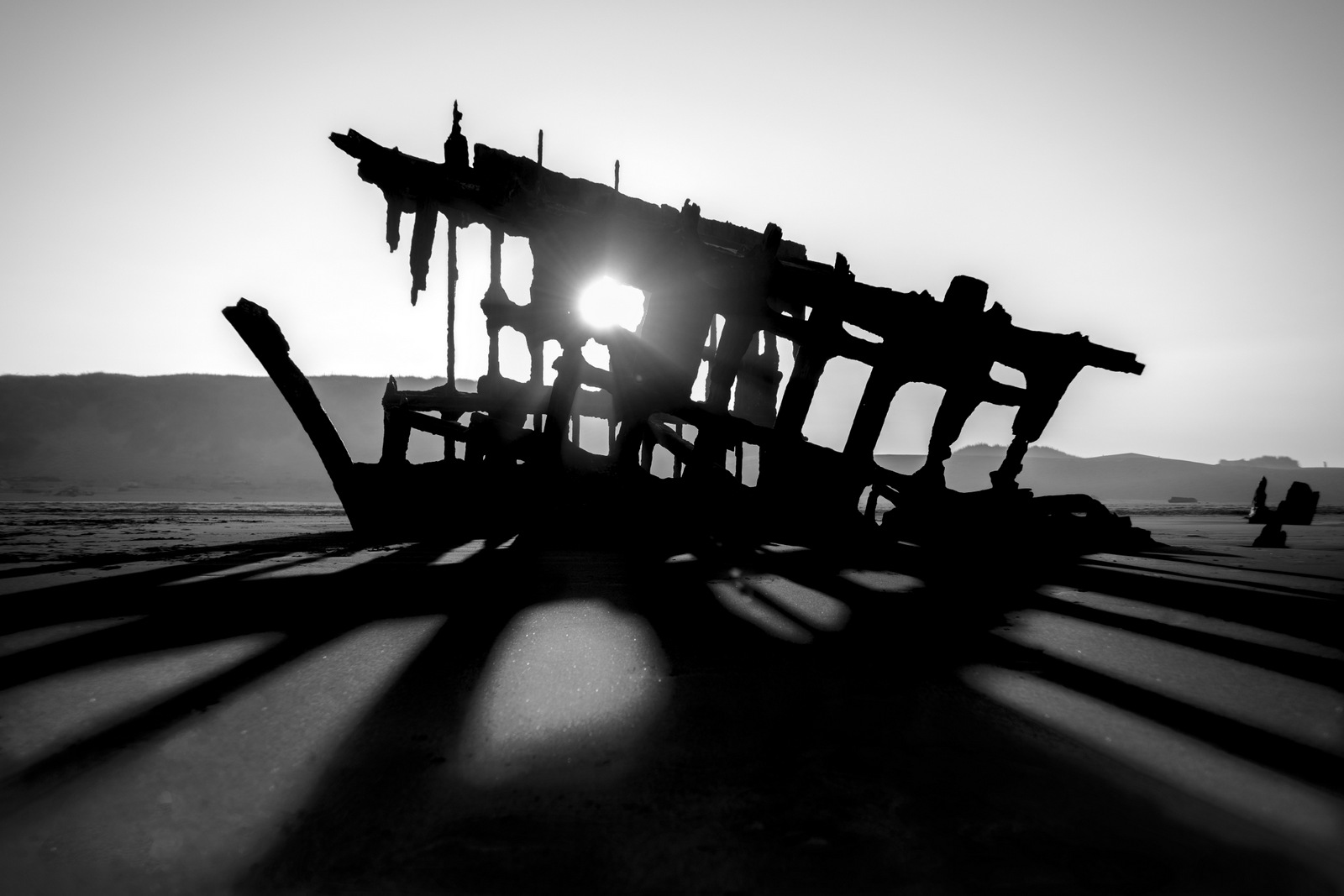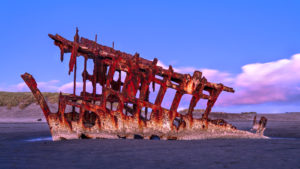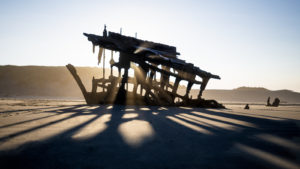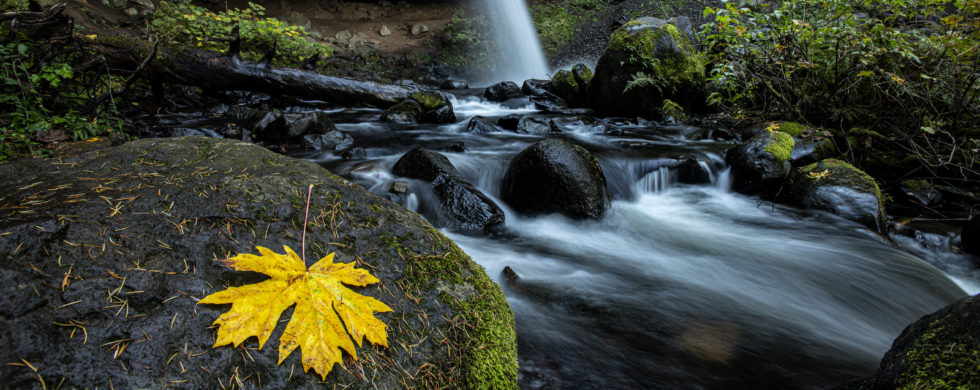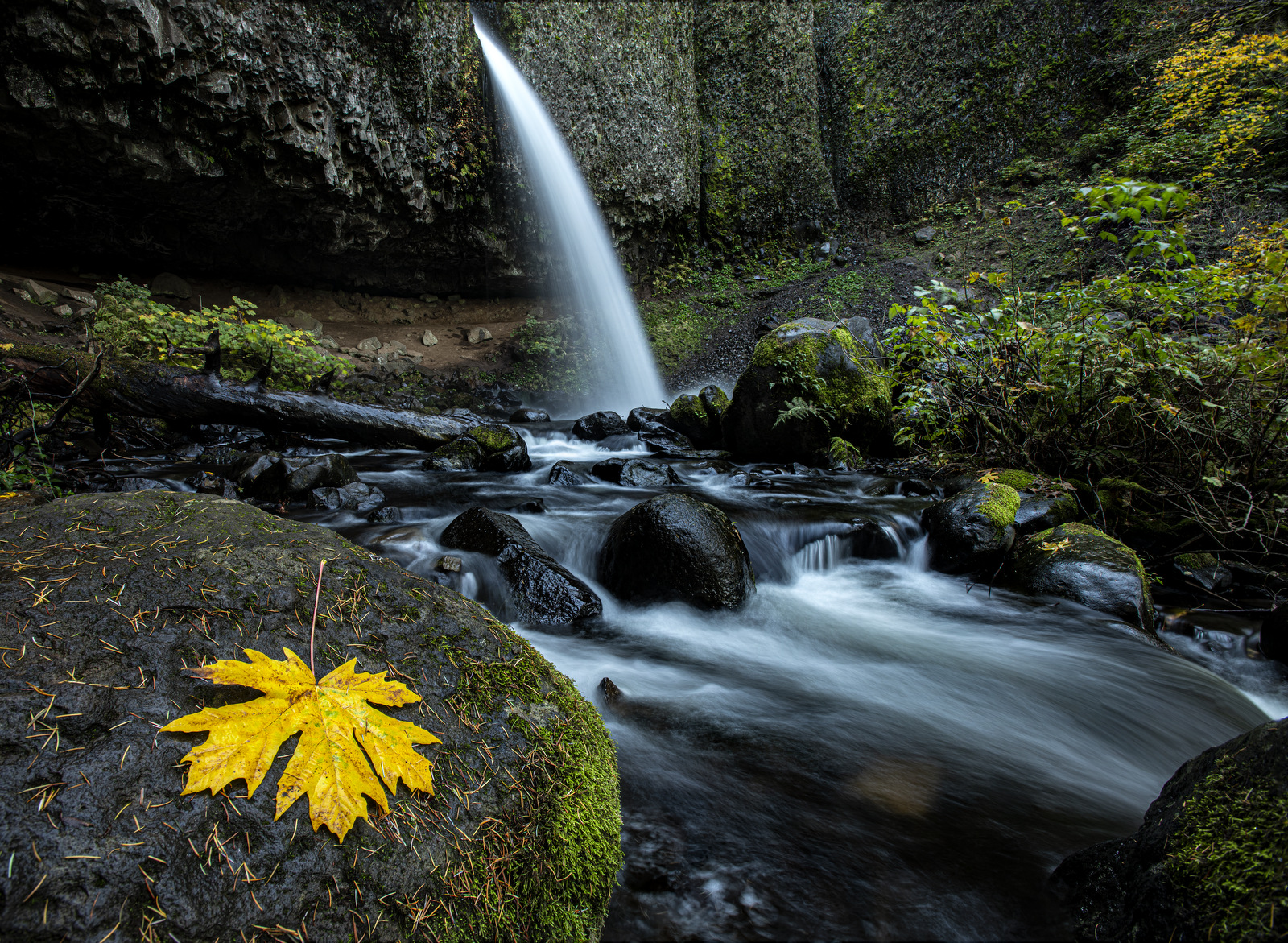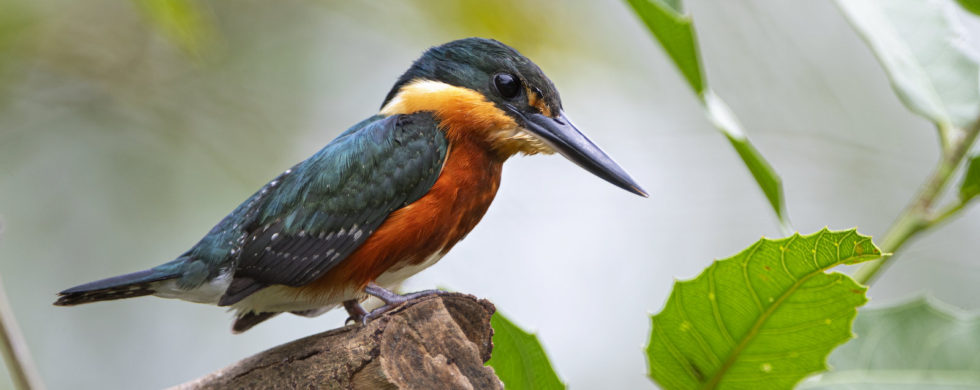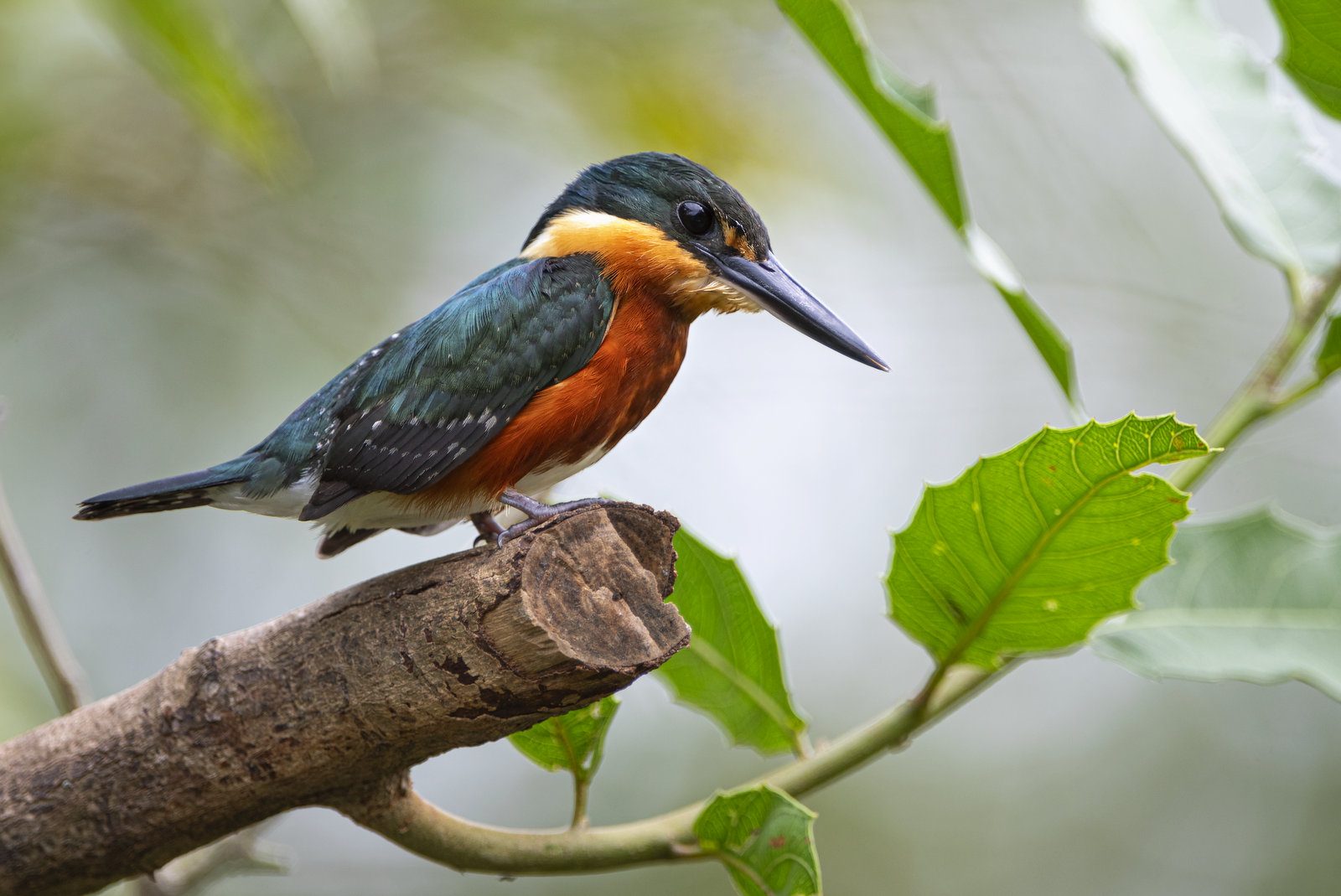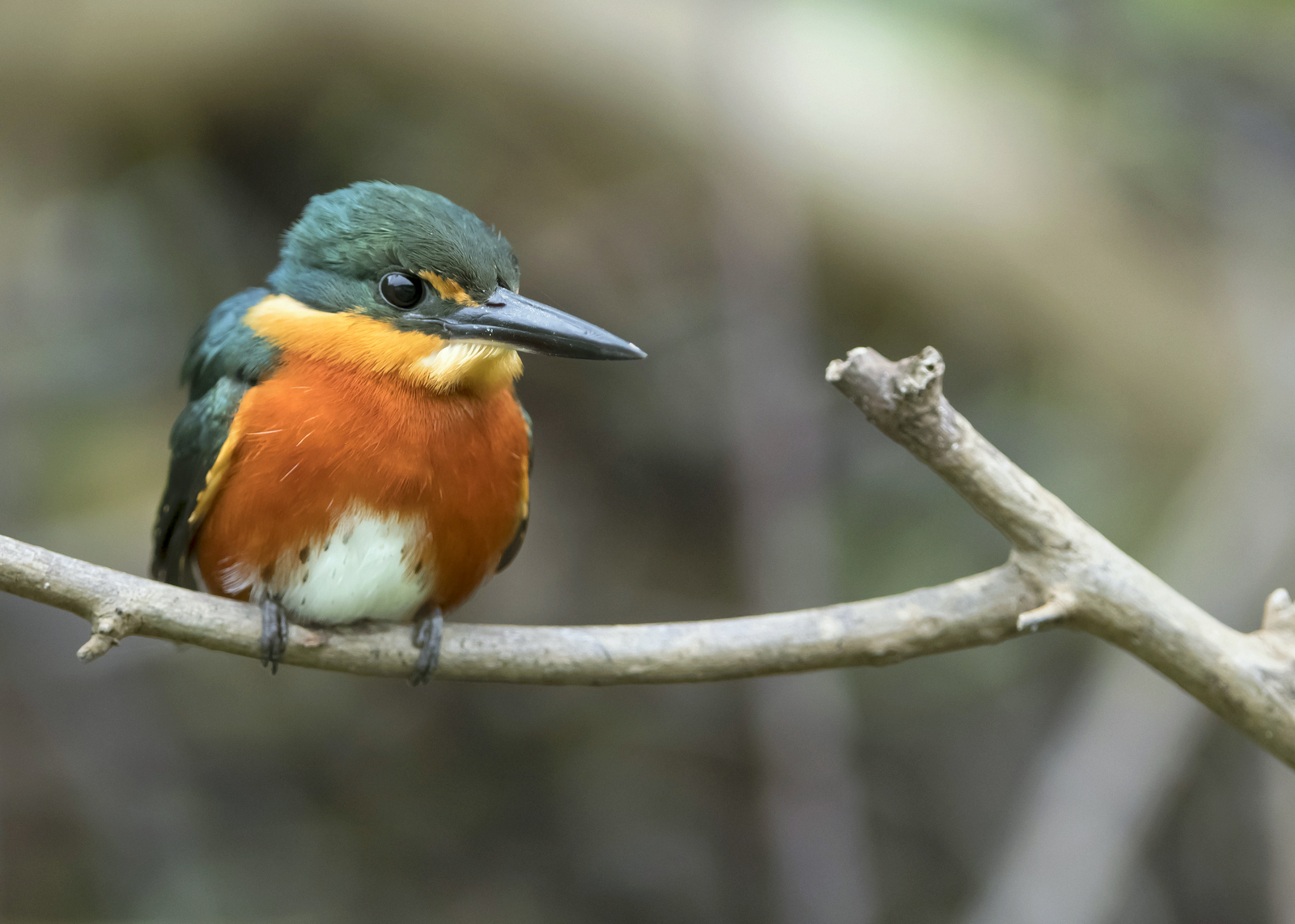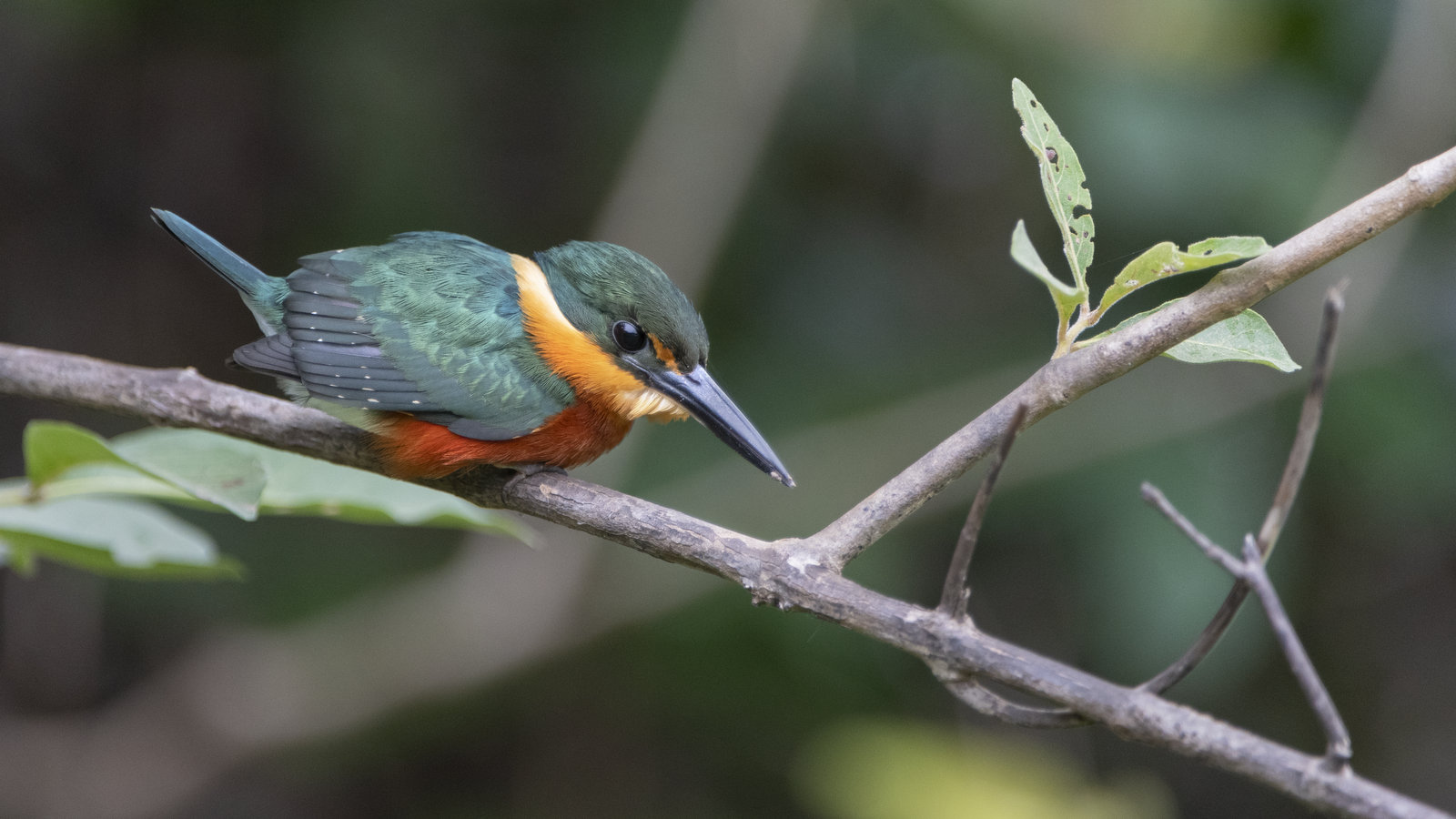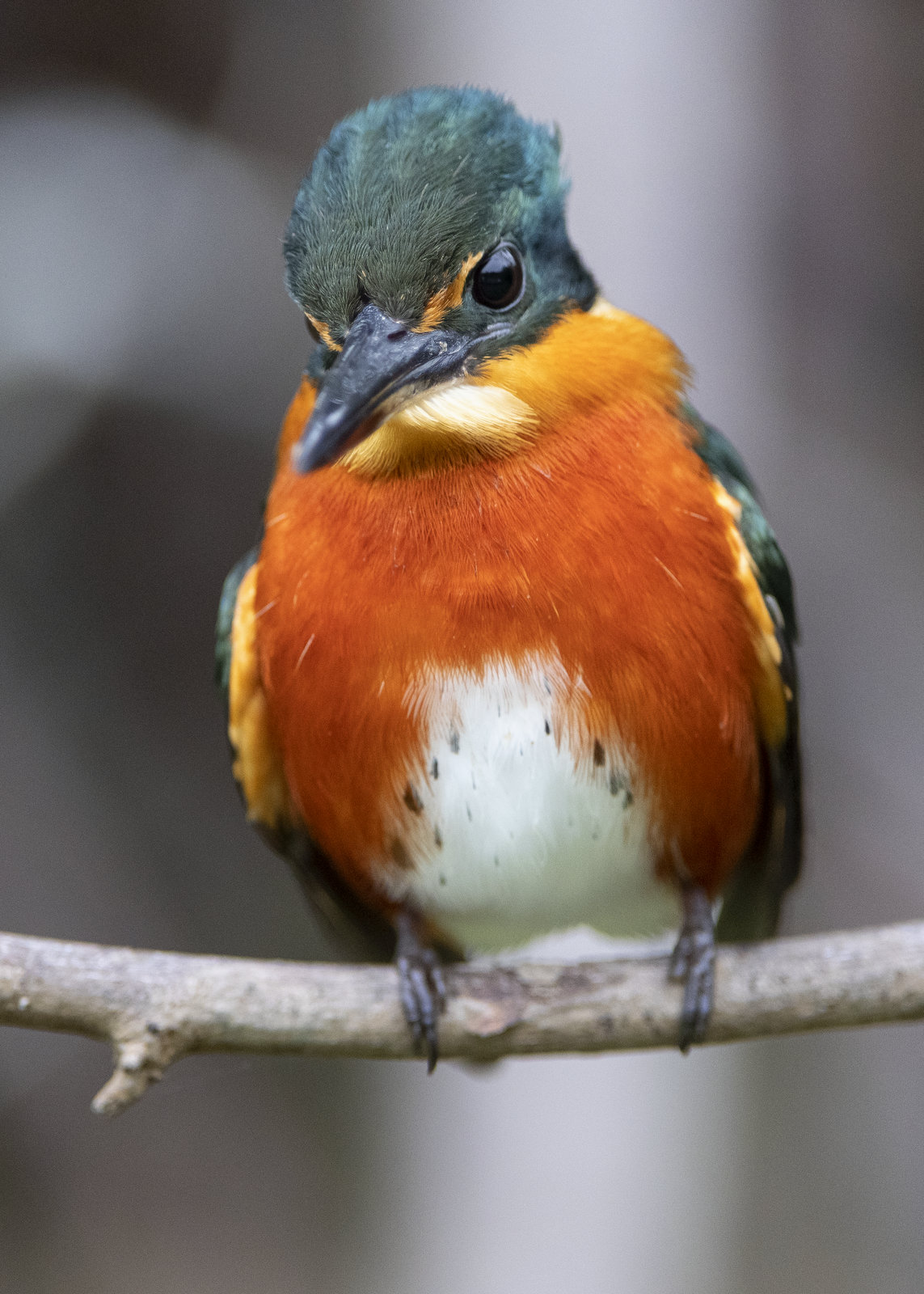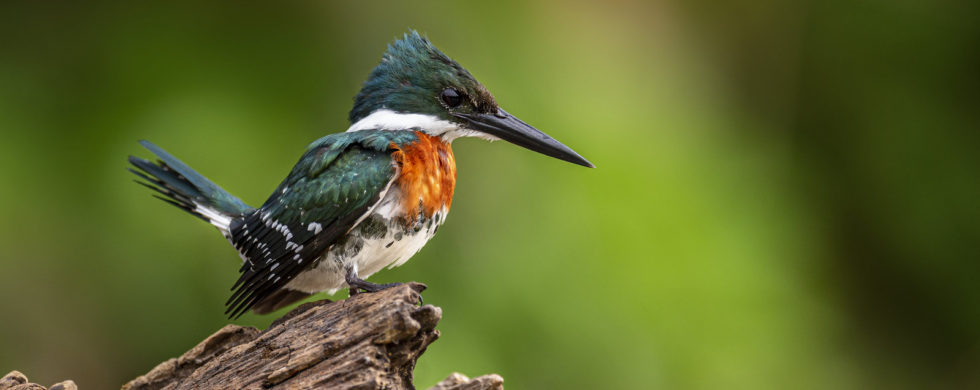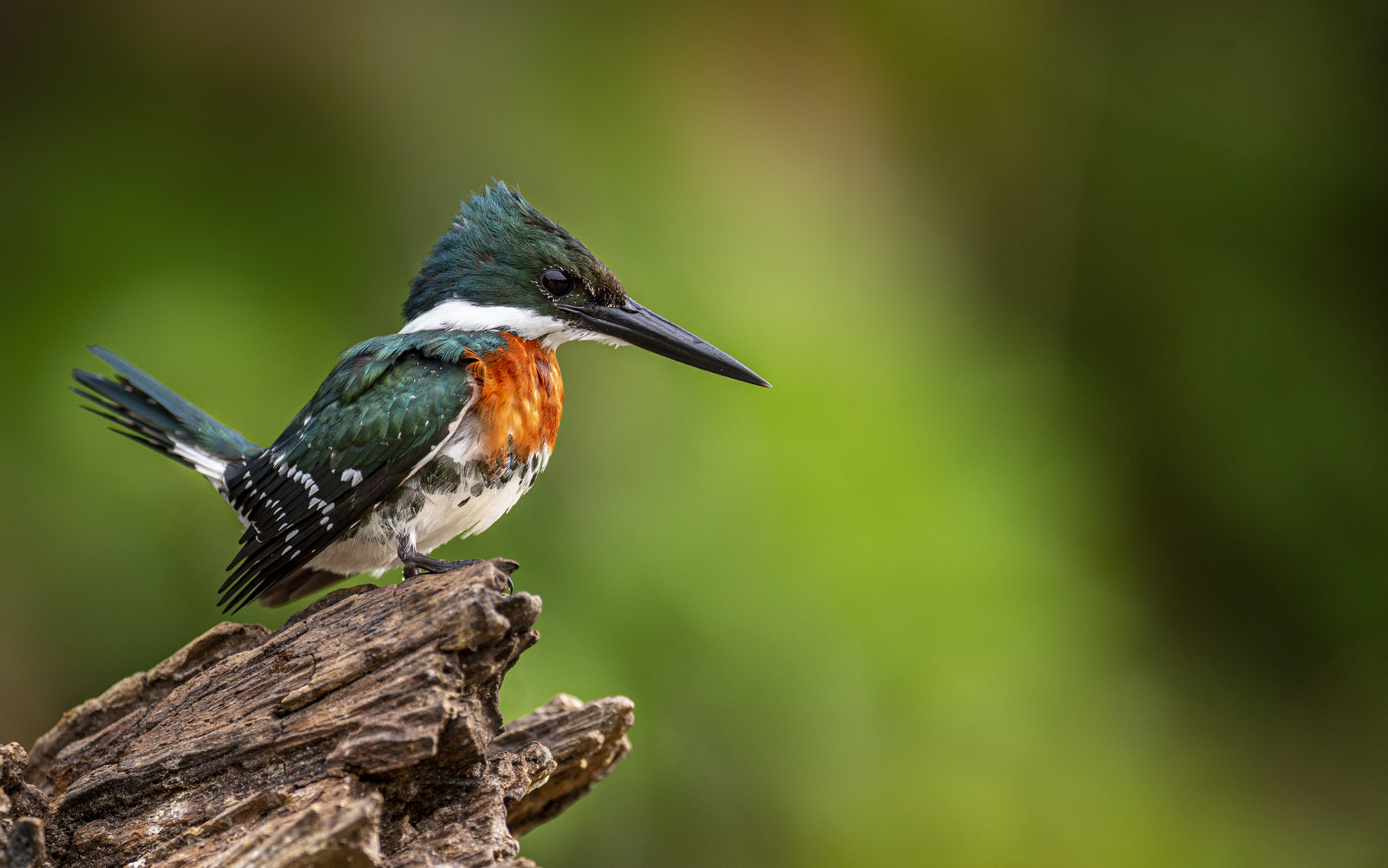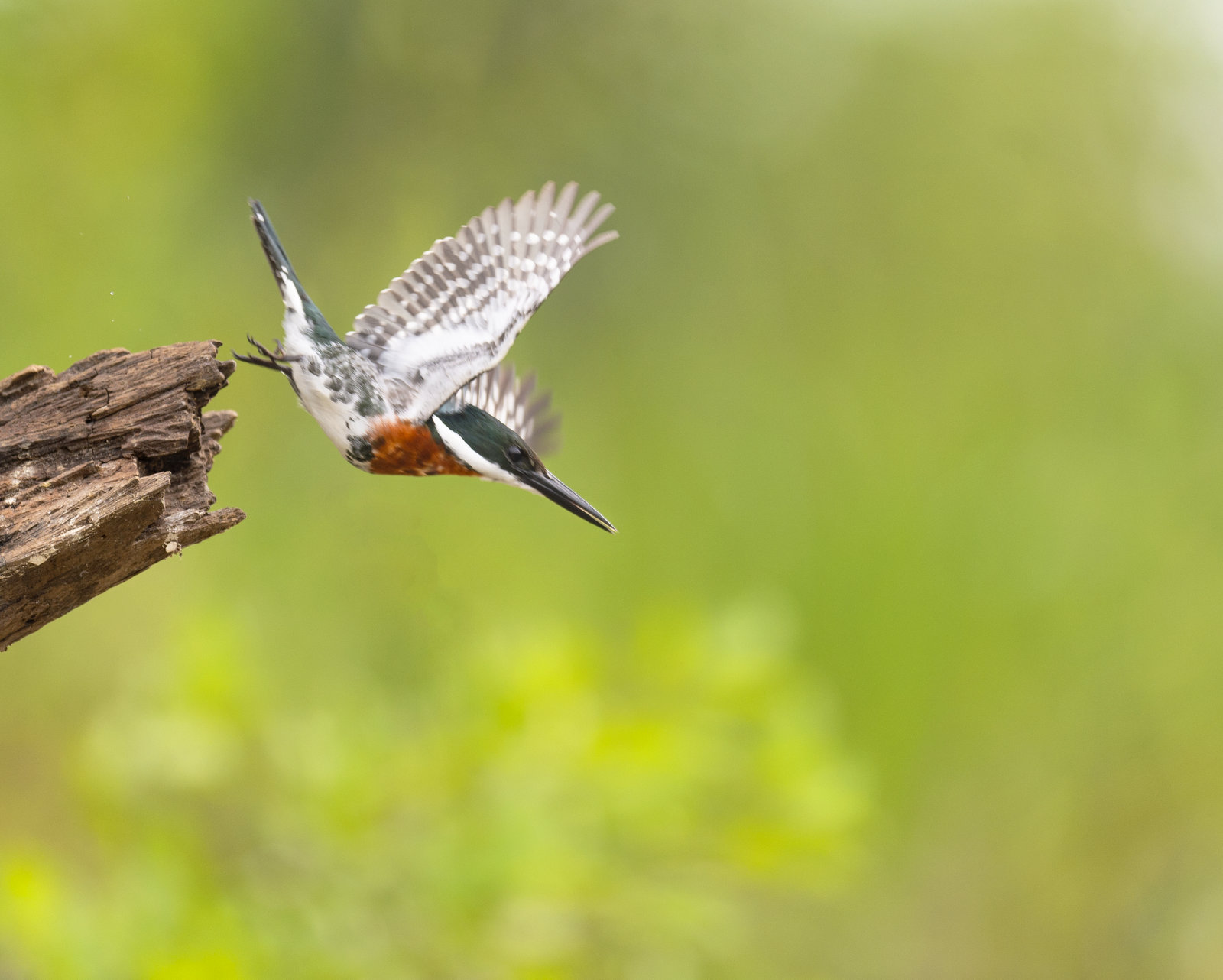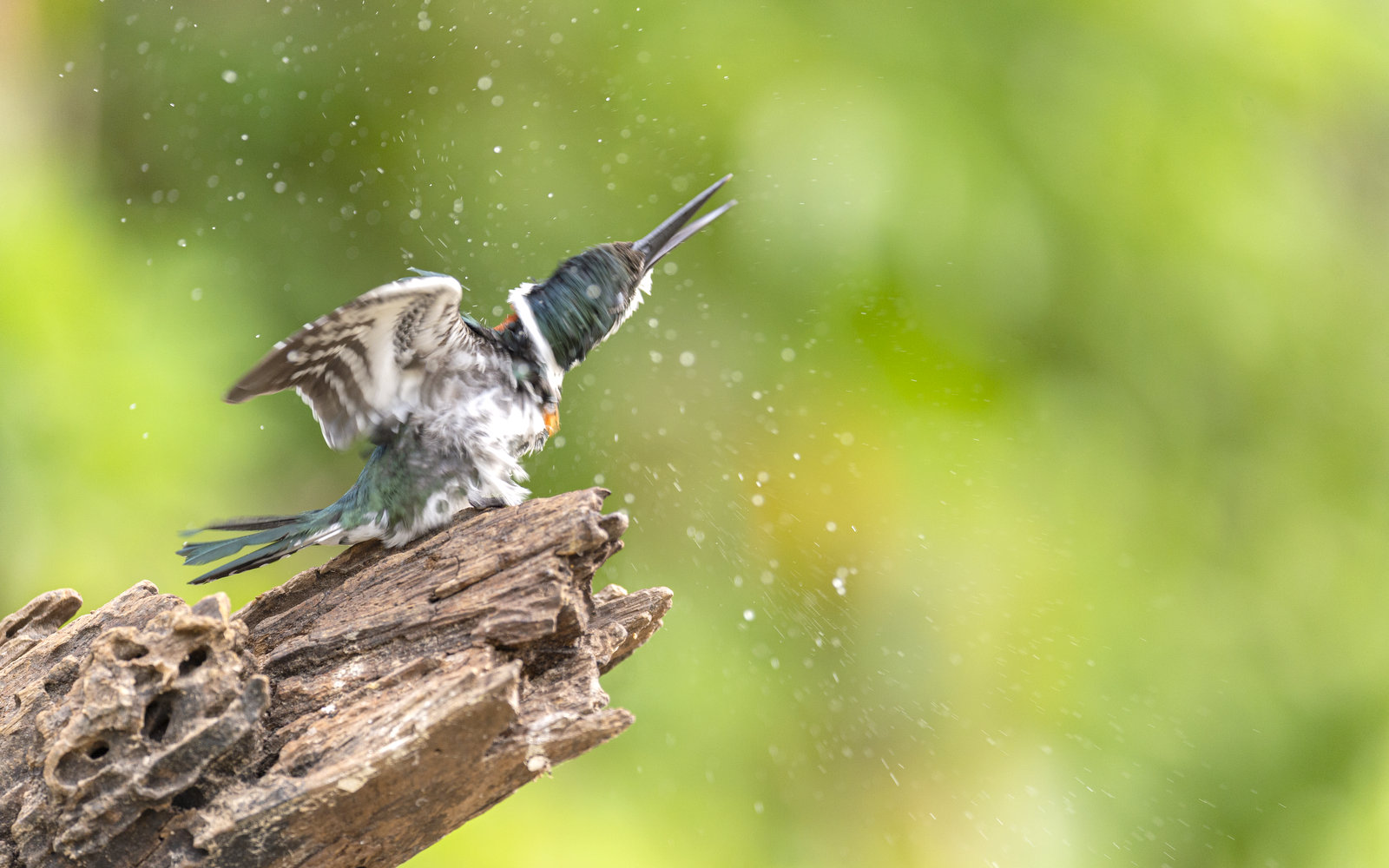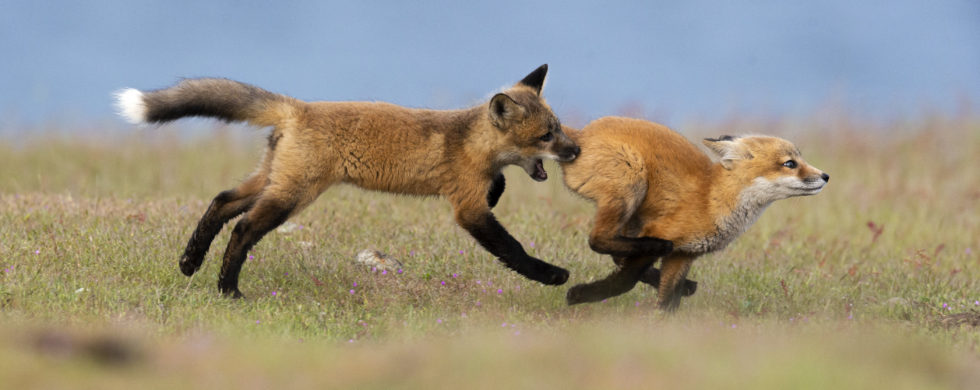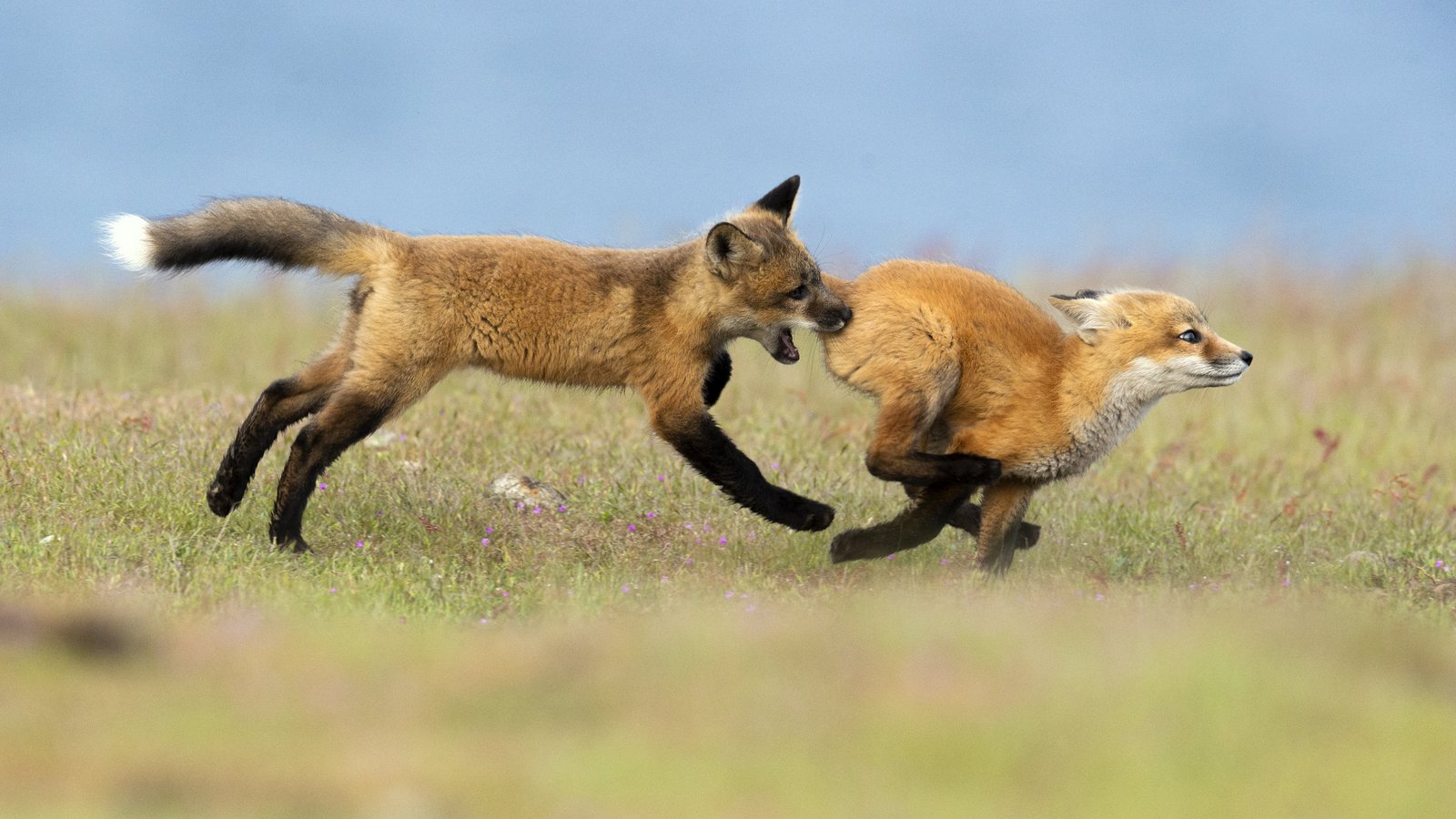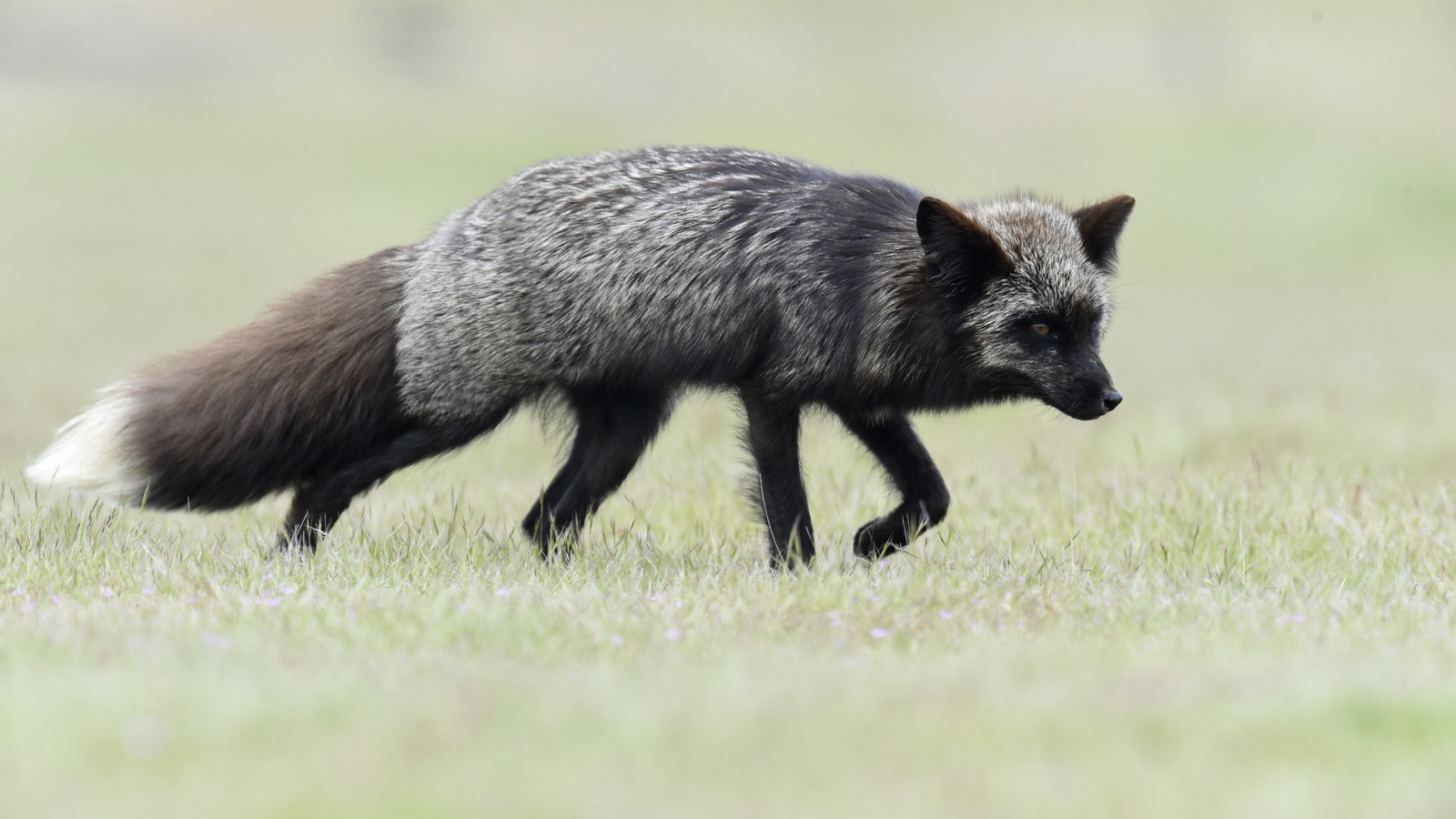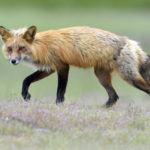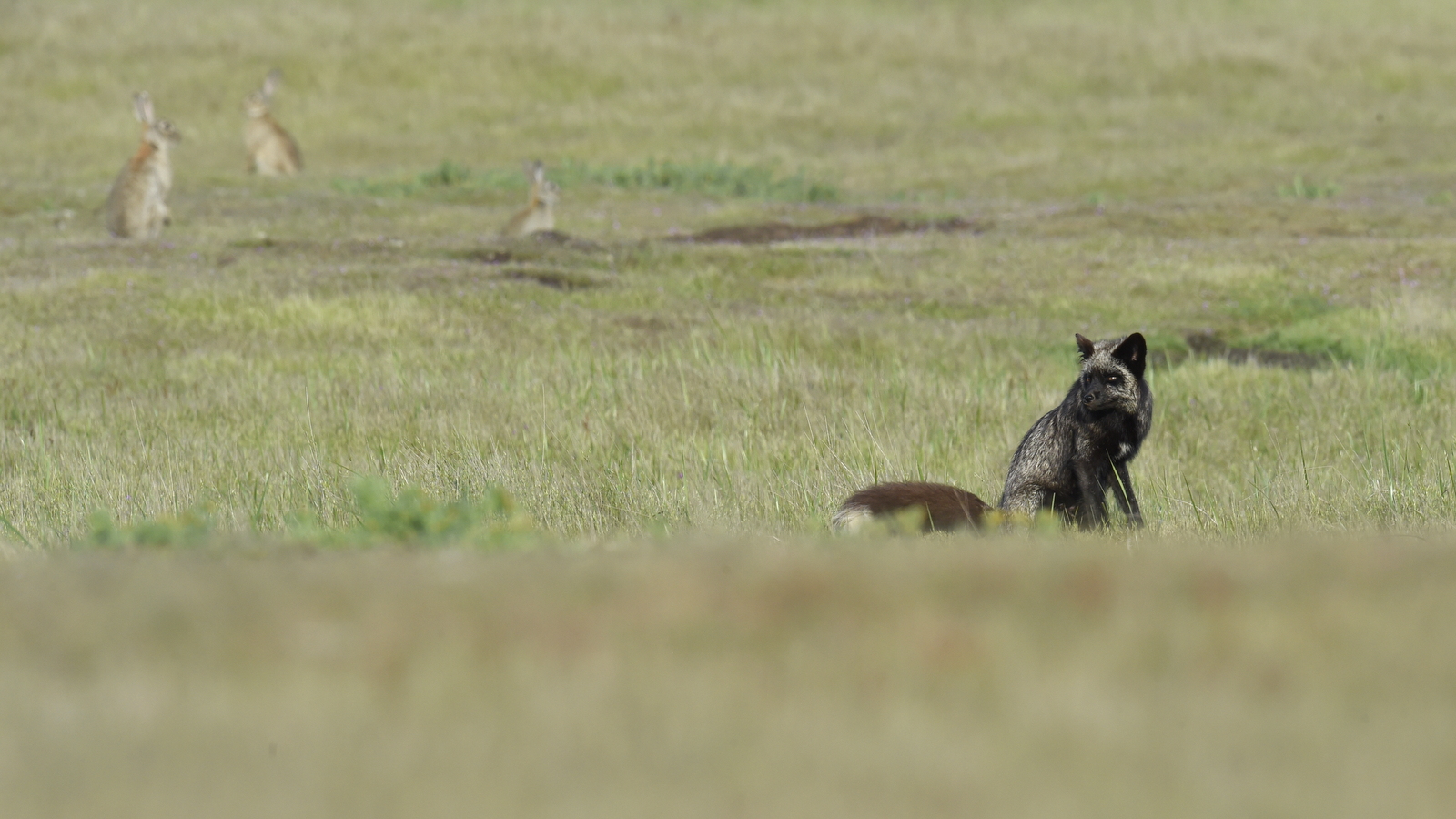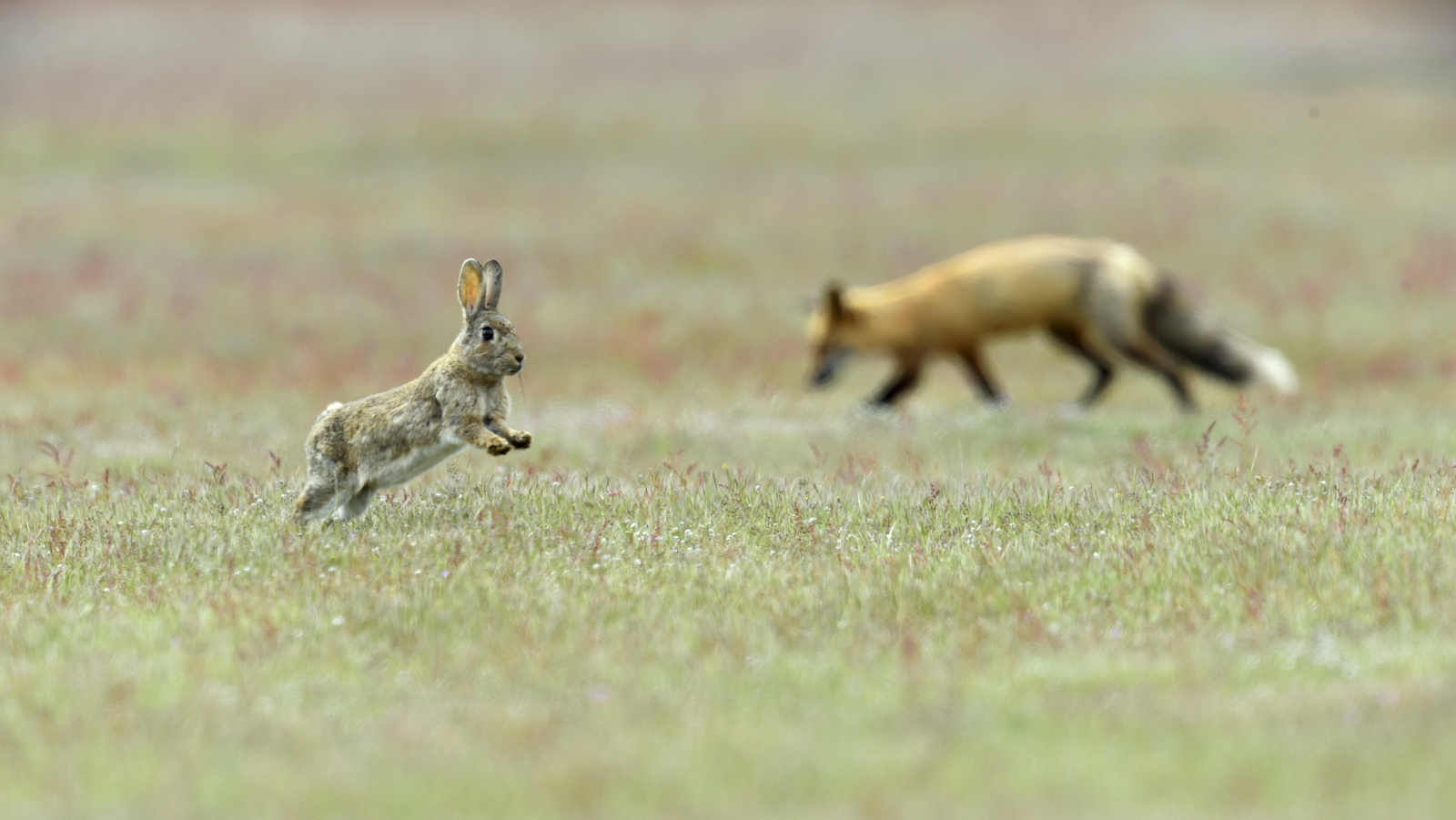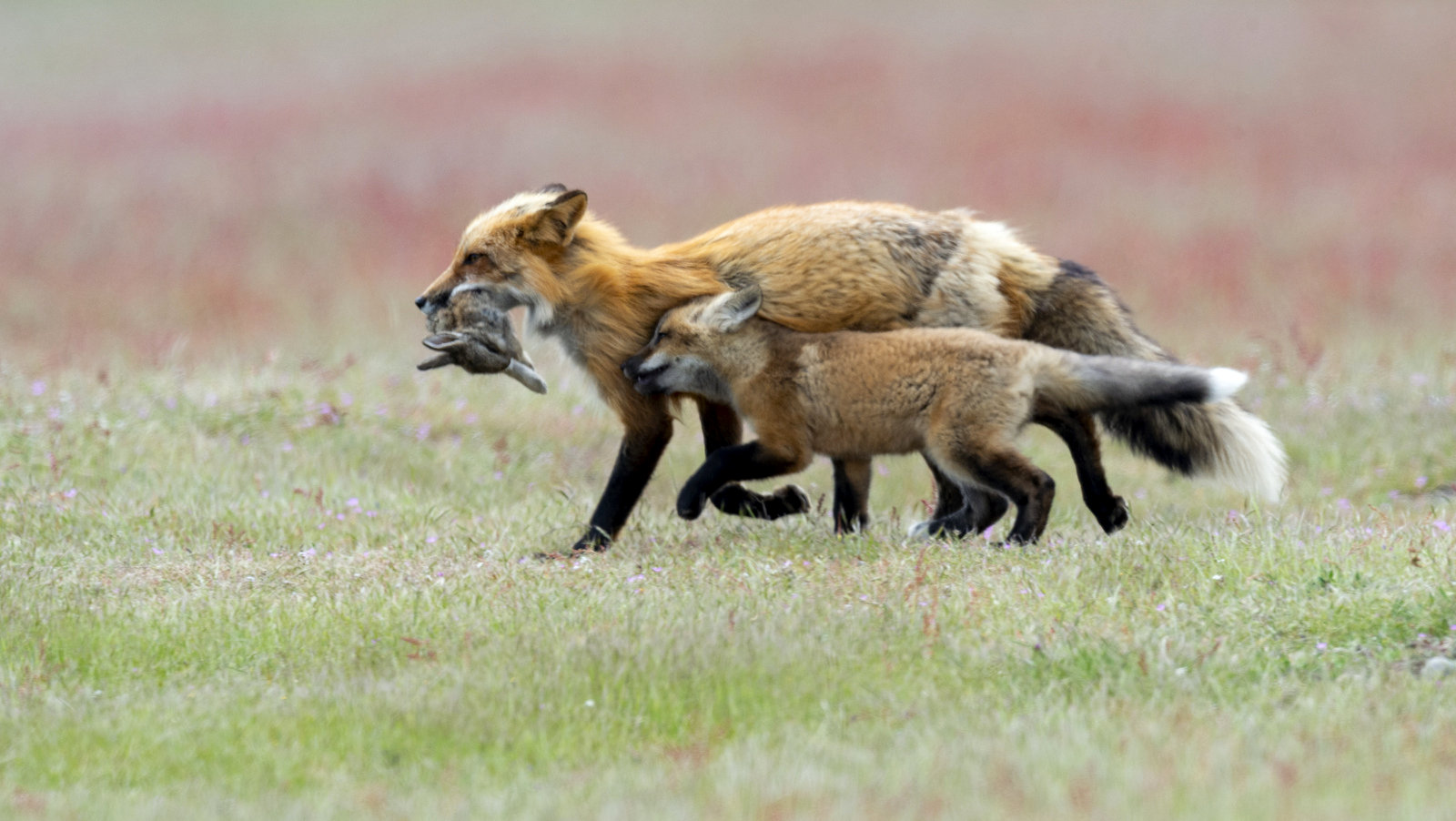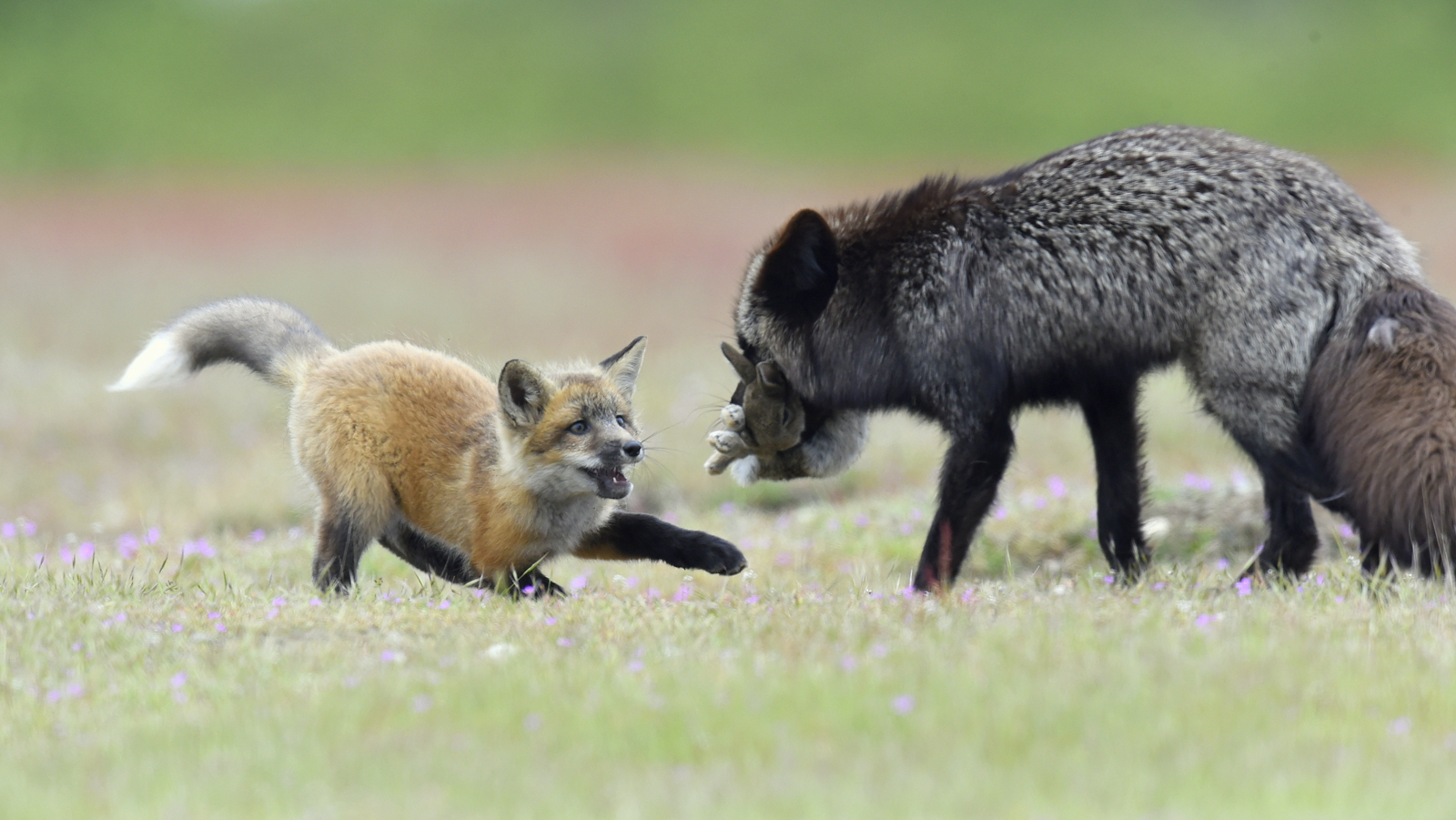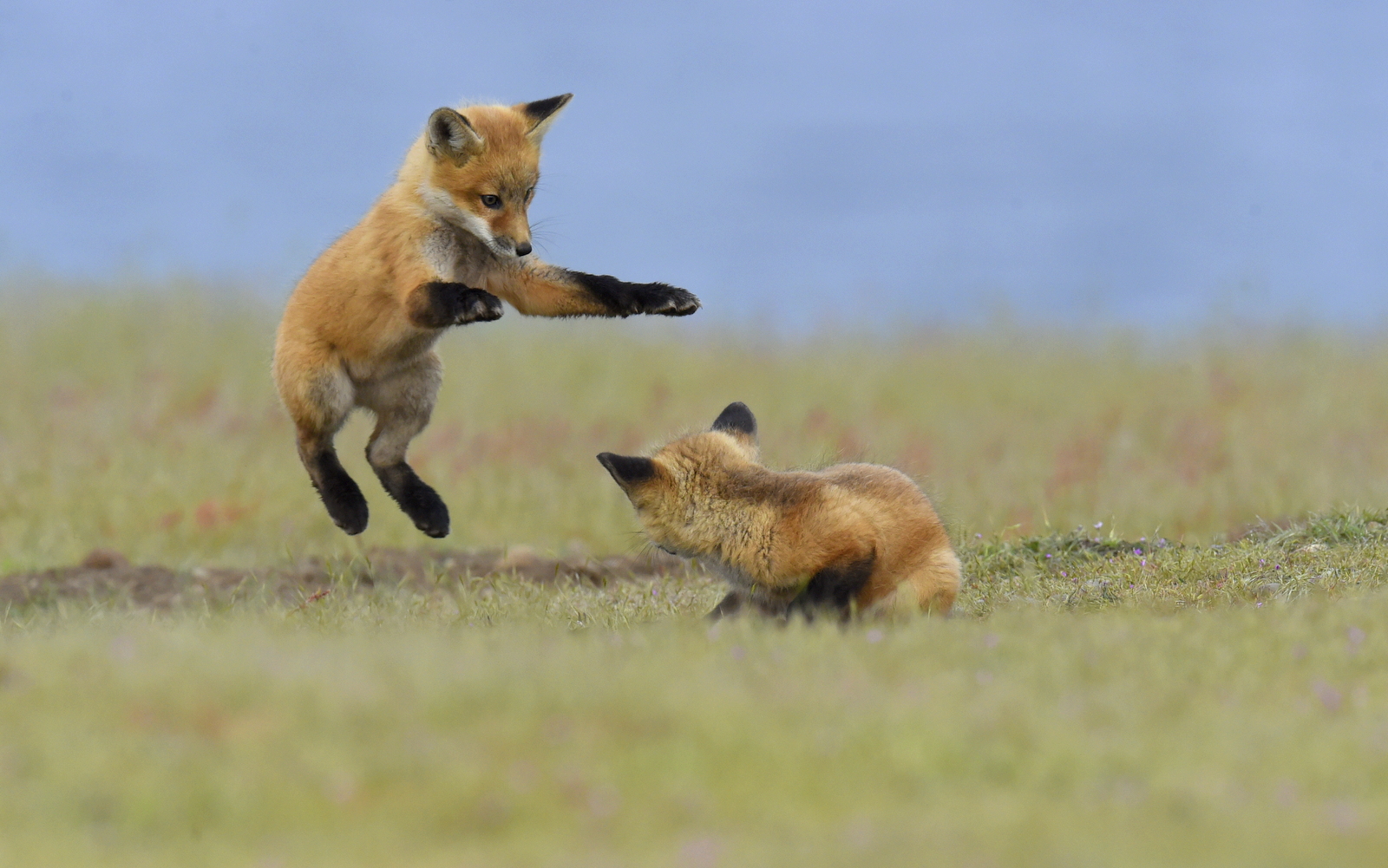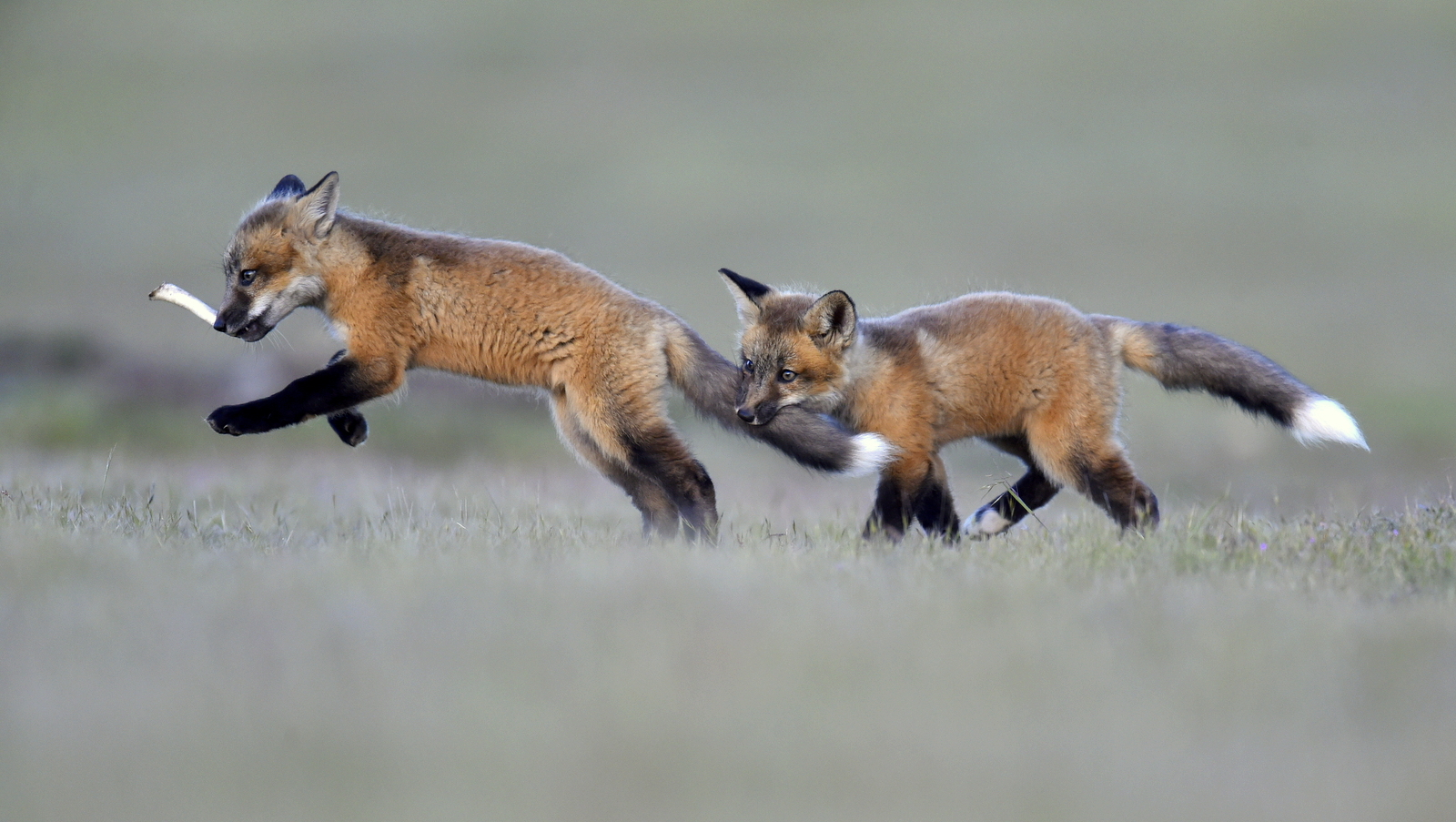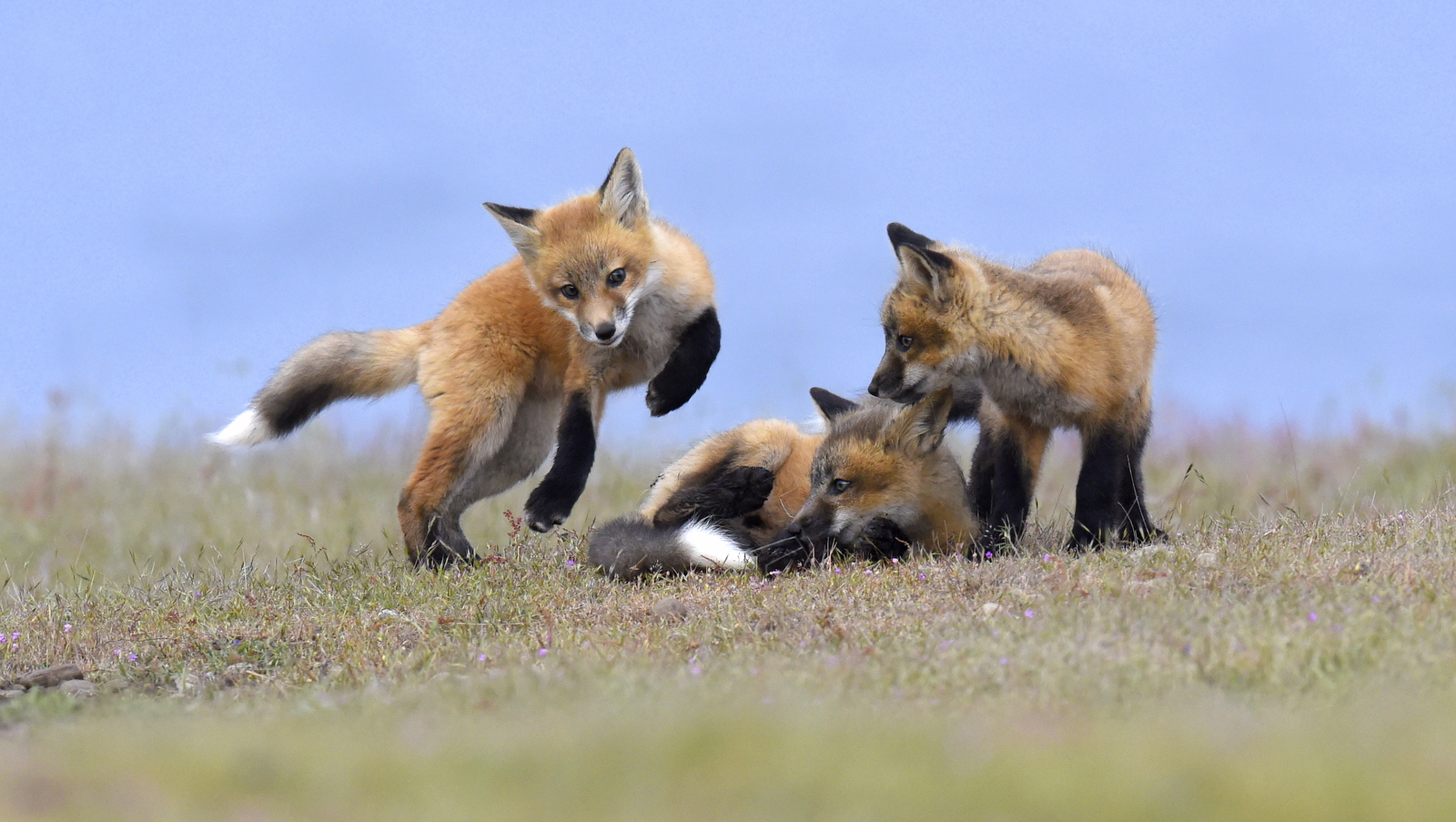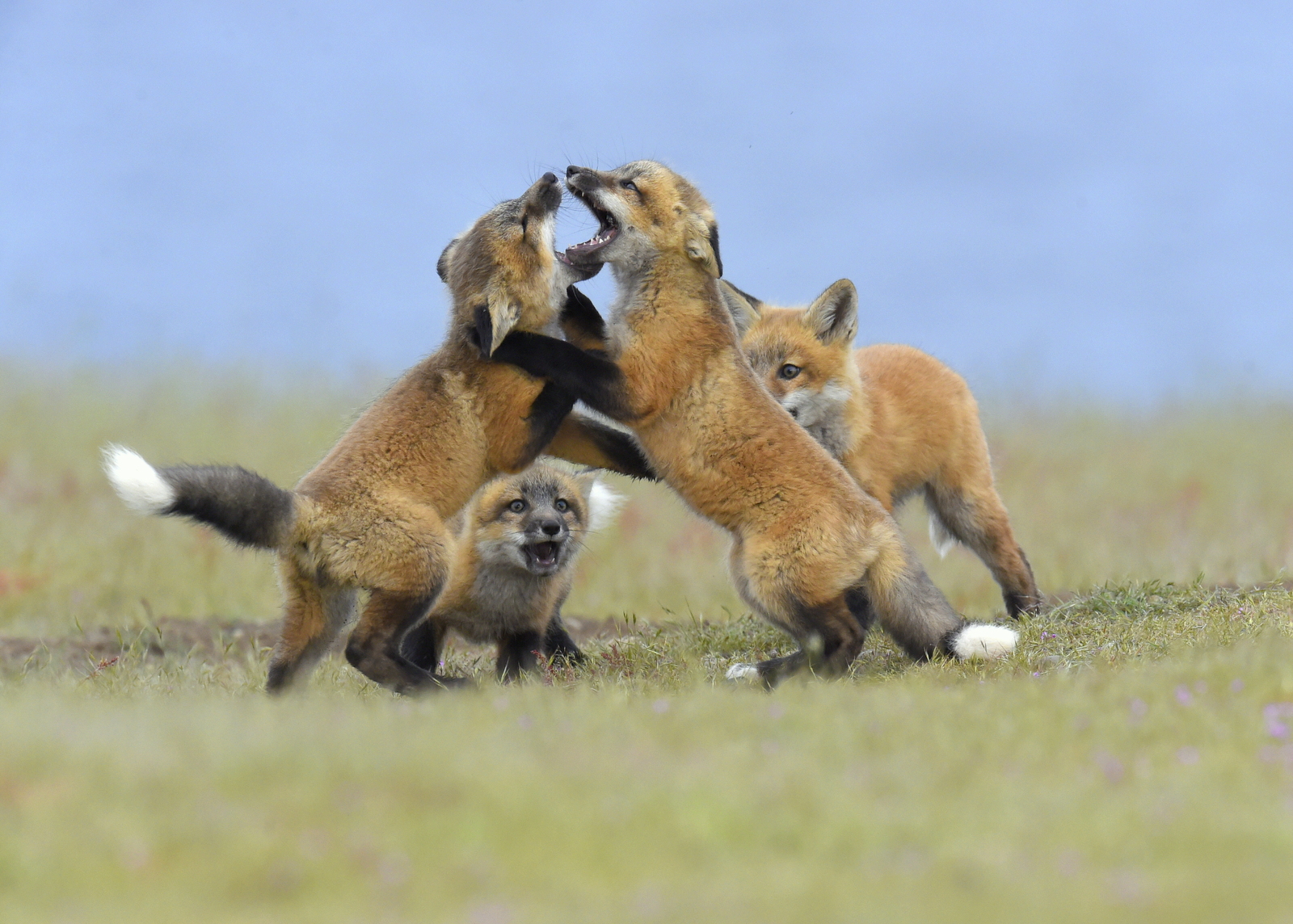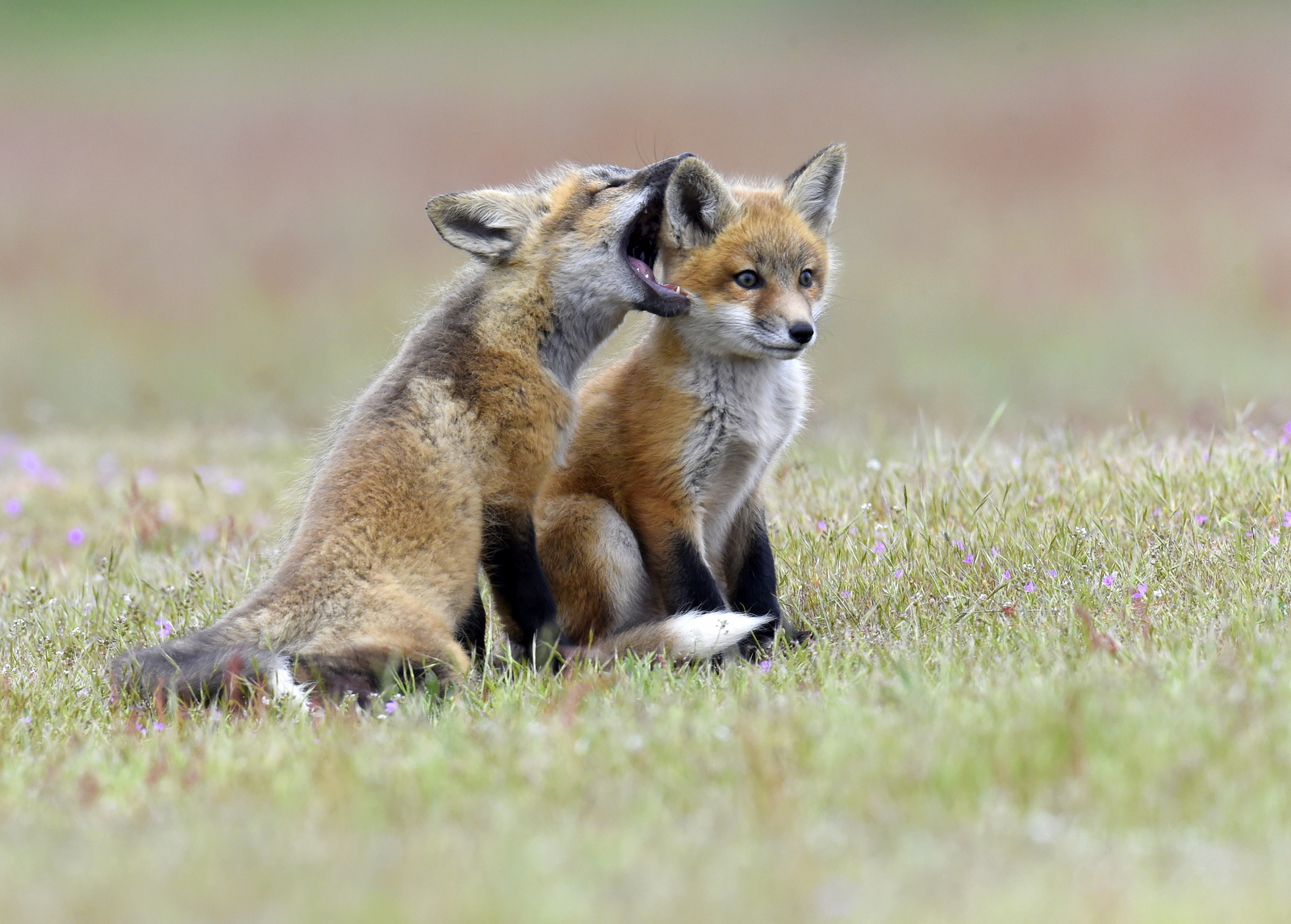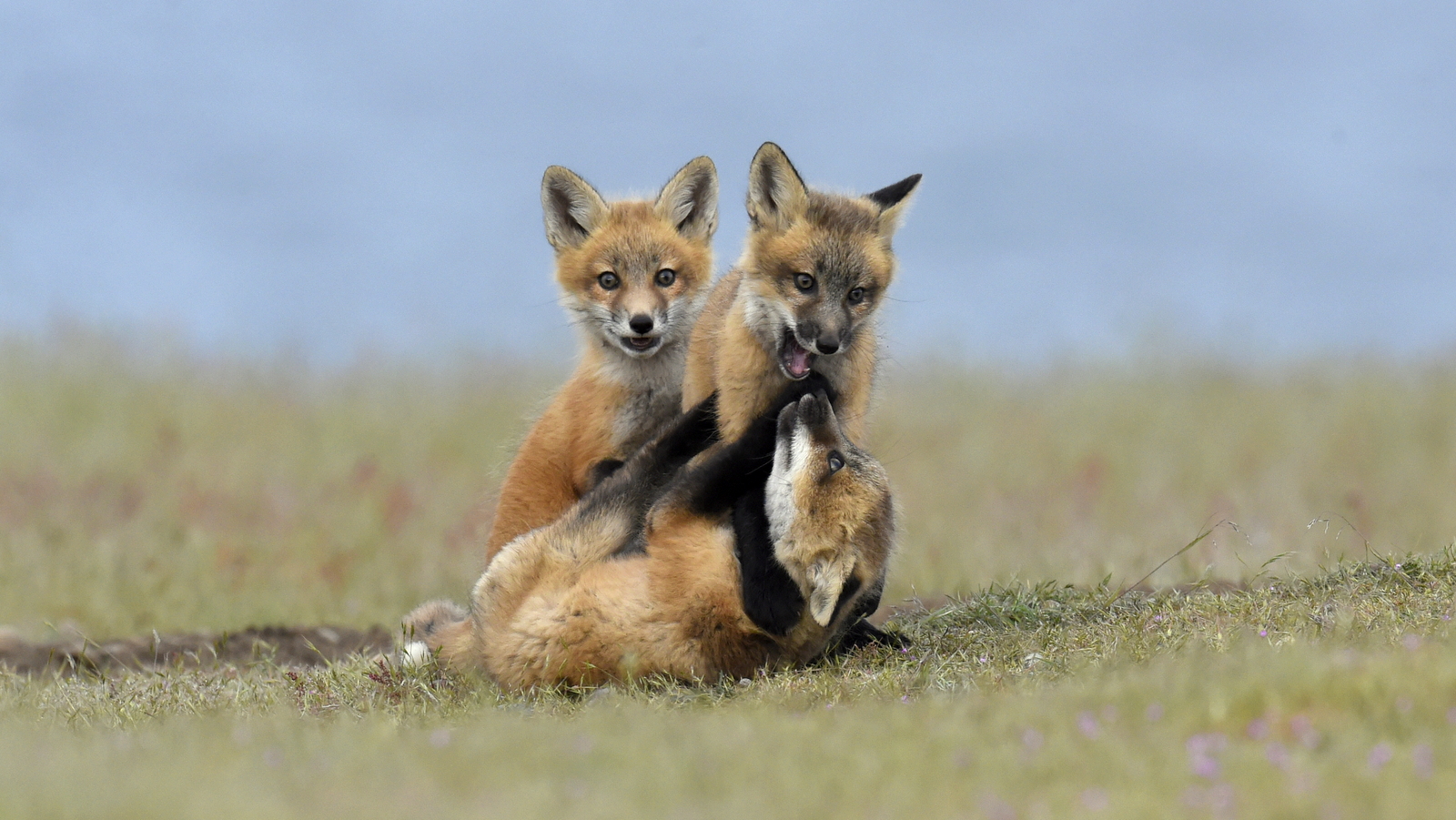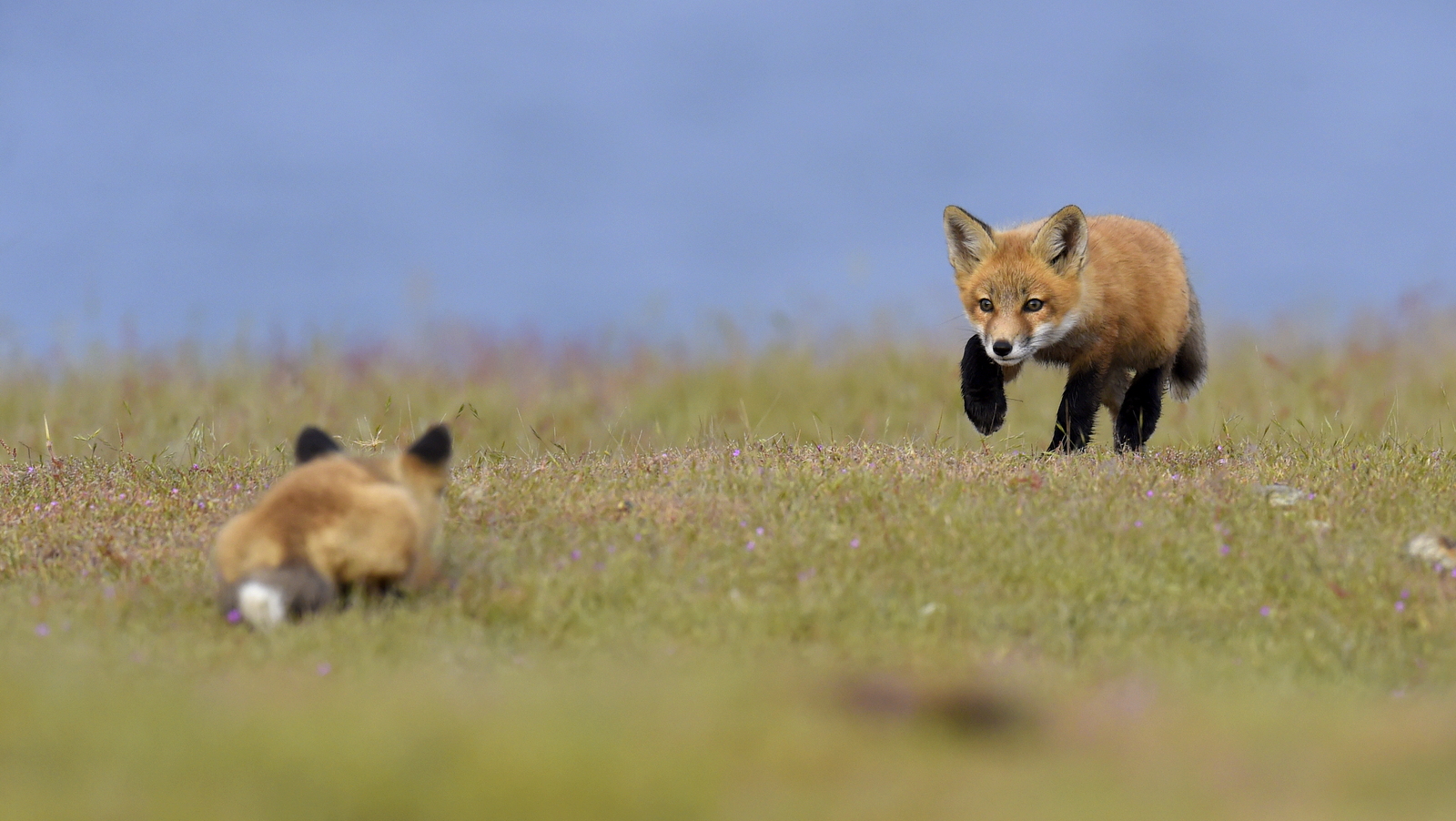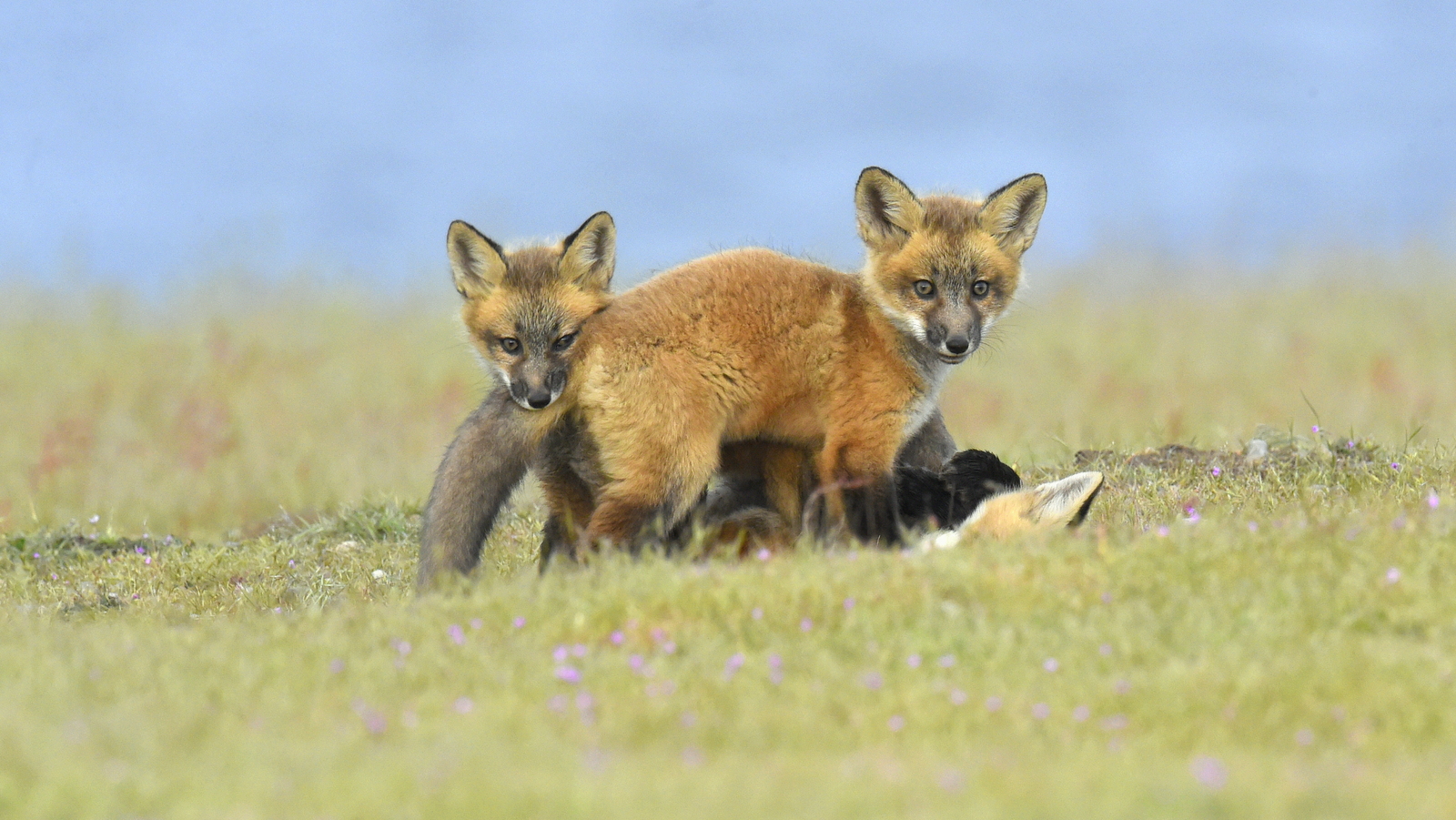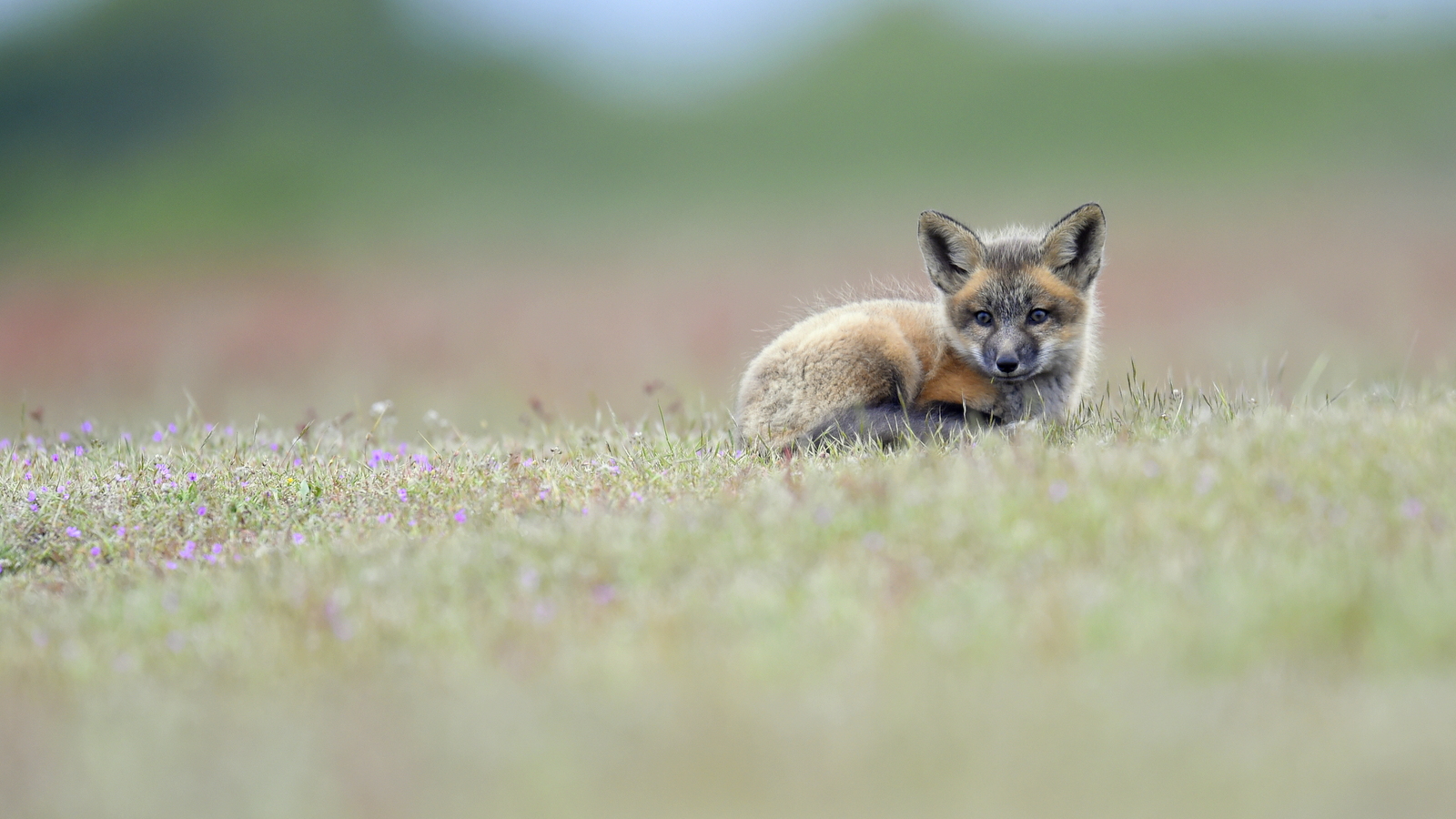31
Shot of the Month – August 2020
Photographers love hitting the beach to capture, what they hope will be, an epic image of where land and sea collide. Photographers on the East Coast of the US usually get up early to capture the sun rising on the horizon. Dawn’s early light and whatnot.
Light chasers on the West Coast typically make it a late evening as they wait by the sea for the sun to paint the sky red as it glides into the ocean.
Having moved to Washington State I am now exploring West Coast seascapes — a new paradigm for this East Coast “kid.”
In September 2019 I made my first visit to the Oregon coast to photograph the shipwreck of the Peter Iredale. You can read about that adventure here. I visited the beach in the afternoon and captured these lovely images:
Standing with my back to the ocean the setting sun painted the rusting hull with a beautiful hue of red and pink light.
In August of 2020, I went back to the same beach but I only could visit the site in the morning. Given that the sun would rise from the other side (the “land” side) the colors would be much more muted. Would it be worth going? Perhaps better to just sleep in? In the end, I dragged myself out of bed at 4:30 am and made my way to the beach. Grumble, grumble. Voice in my head: “…you’re just wasting your time….” Grumble, grumble.
Before the sun breached the horizon I captured this ok shot:
As the sun rose over the horizon I explored how the warm light moved down the ship’s hull:
Yawn. While accurate, not terribly compelling…
I continued to look down at my camera as I shot the changing light. After a few minutes, I looked up and glanced behind the hull.
“Holy S*&T!”
I had totally NOT noticed that the sunbeams were now just high enough over the horizon to blast beams of light through the ship, casting dramatic shadows. This caught me completely off guard. I hadn’t even imagined such a scenario. Frantic, I ran over to the other side of the ship and began to shoot into the sun. I knew we had the potential for something really special with this scene.
For the next 20 minutes, I worked at a feverish pace to capture the changing light and shadows before they vanished….First some color versions:
The harsh light and dramatic setting are well suited for Black and White…
Which version do you like best? (#1?….#6?). (I am leaning toward #4, myself)
So there you have it, another example of why you should always go out and see what Mother Nature has up her sleeve.
Conventional wisdom says,
West Coast Beach = afternoon shoot. (for the “ideal” shot)
But as we can see here, even a sunrise, on a West Coast beach, can offer a glorious scene when the conditions are right.
Shifting the sun 180° can create scenes that are as different as, well, night and day….which seems kinda obvious, now that I say it out loud.
Still caught me off guard though…
Until next month…m
Image #4: Nikon D850, Nikon 17-35mm (@ 35mm), f/22, 1/1000 sec, ISO 64, -1.0 EV

